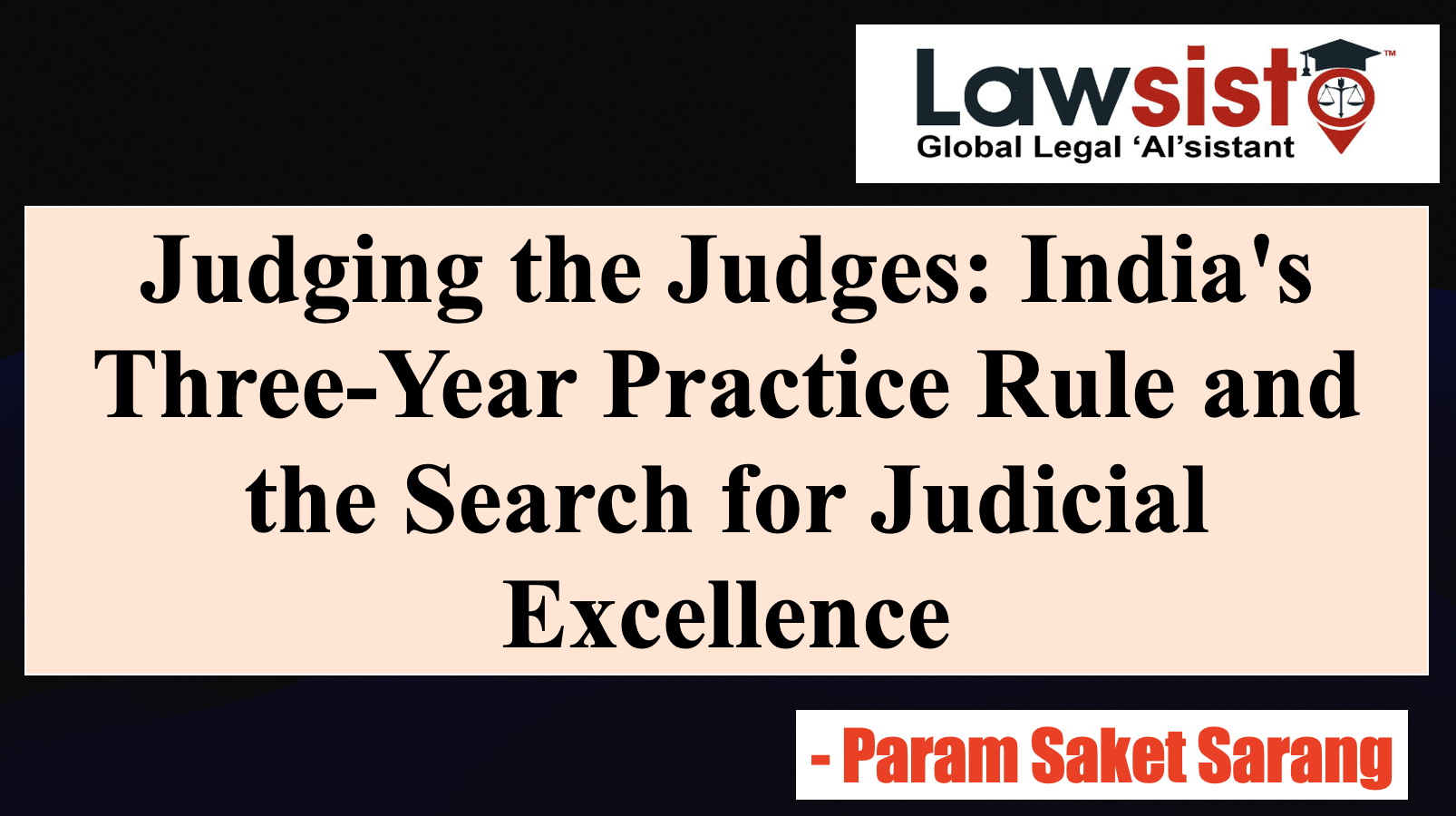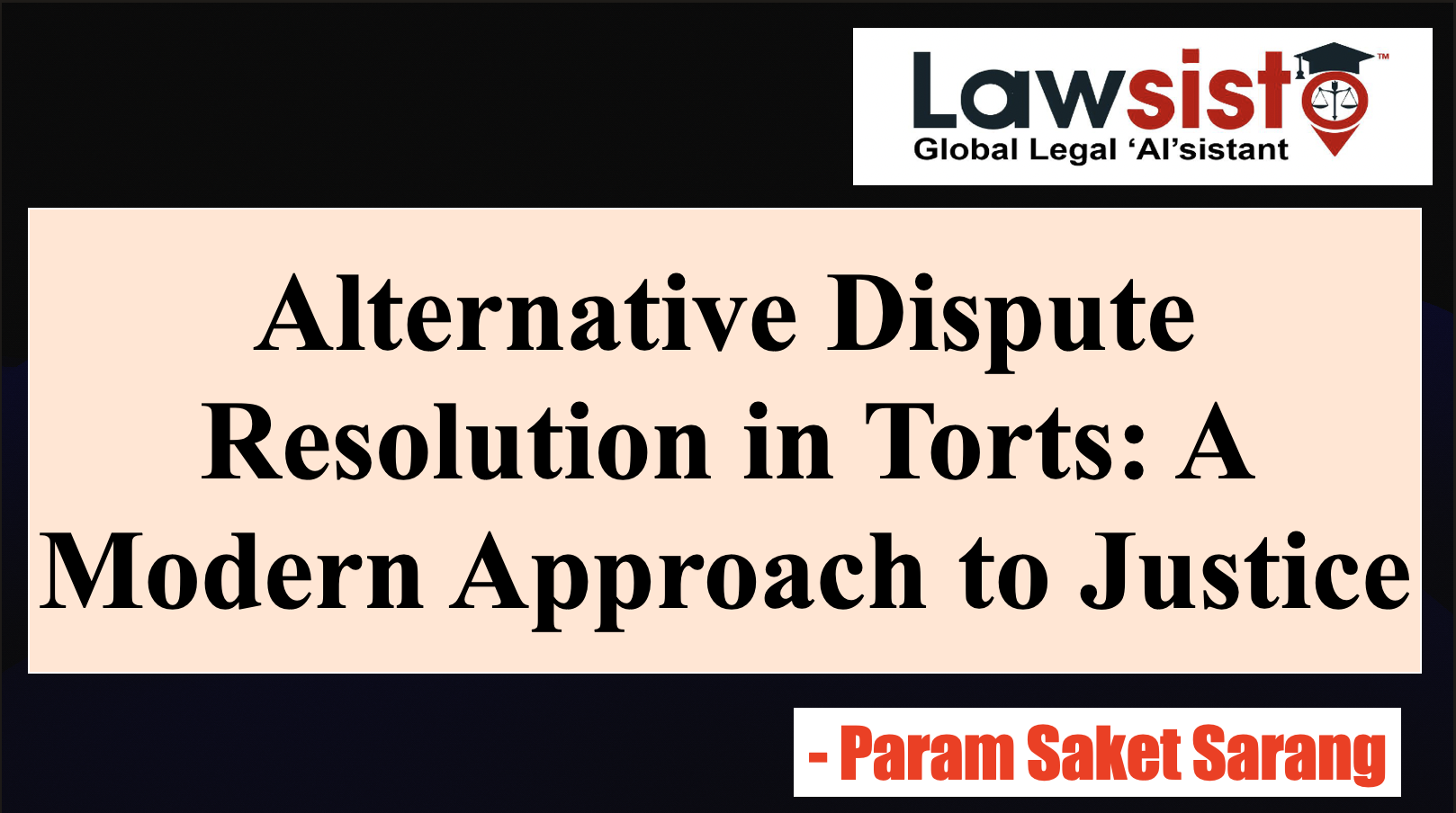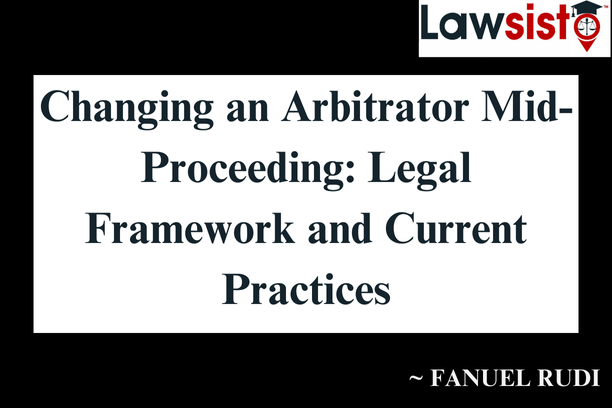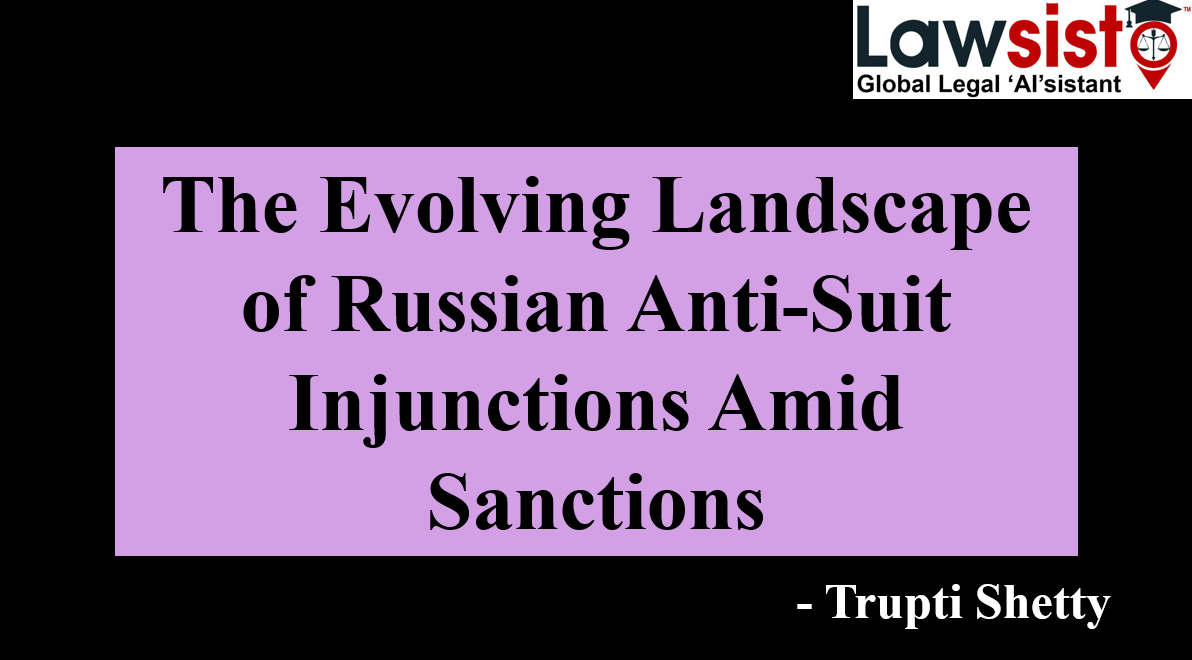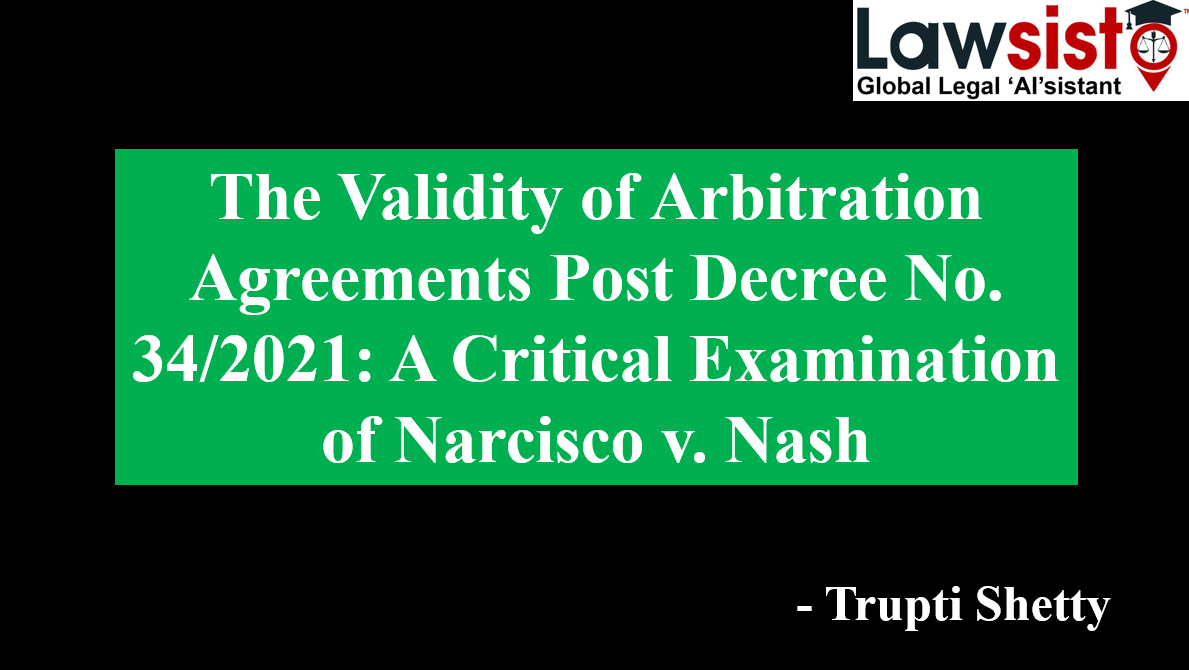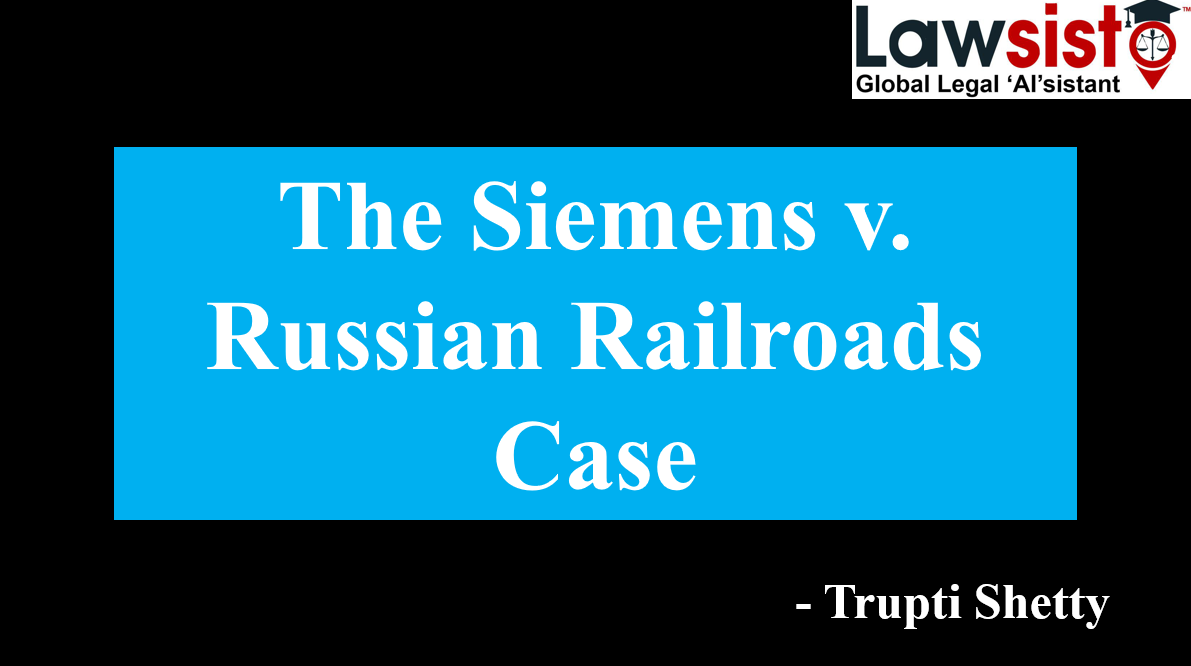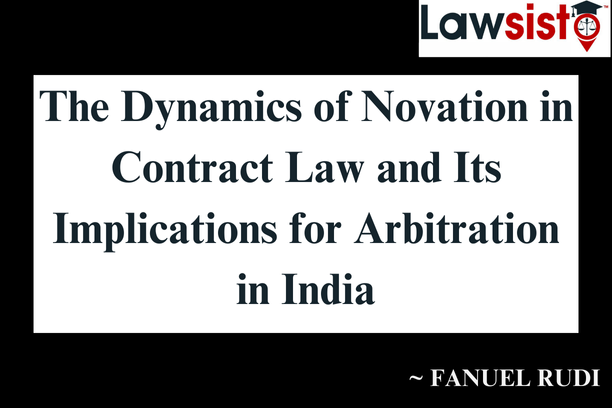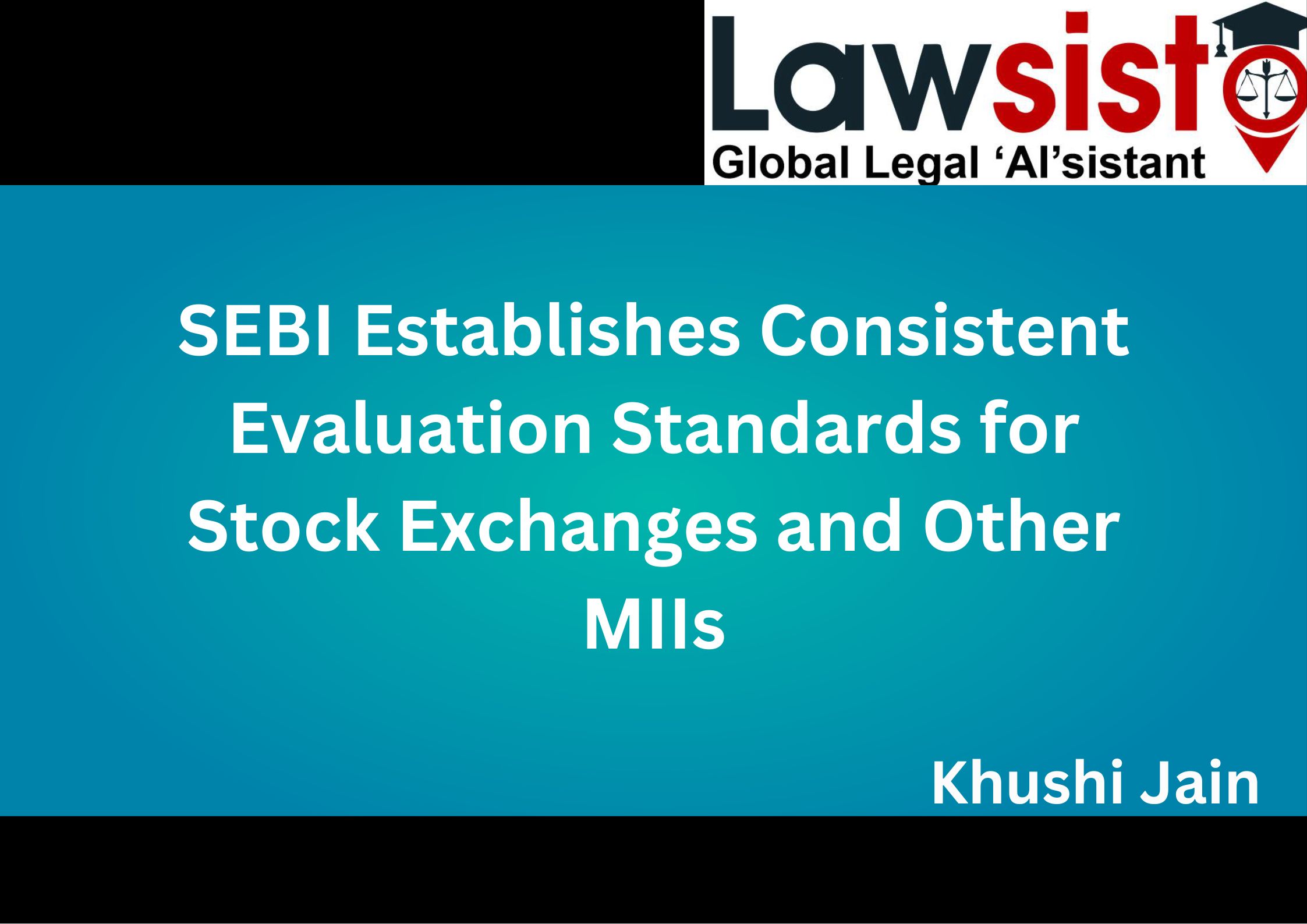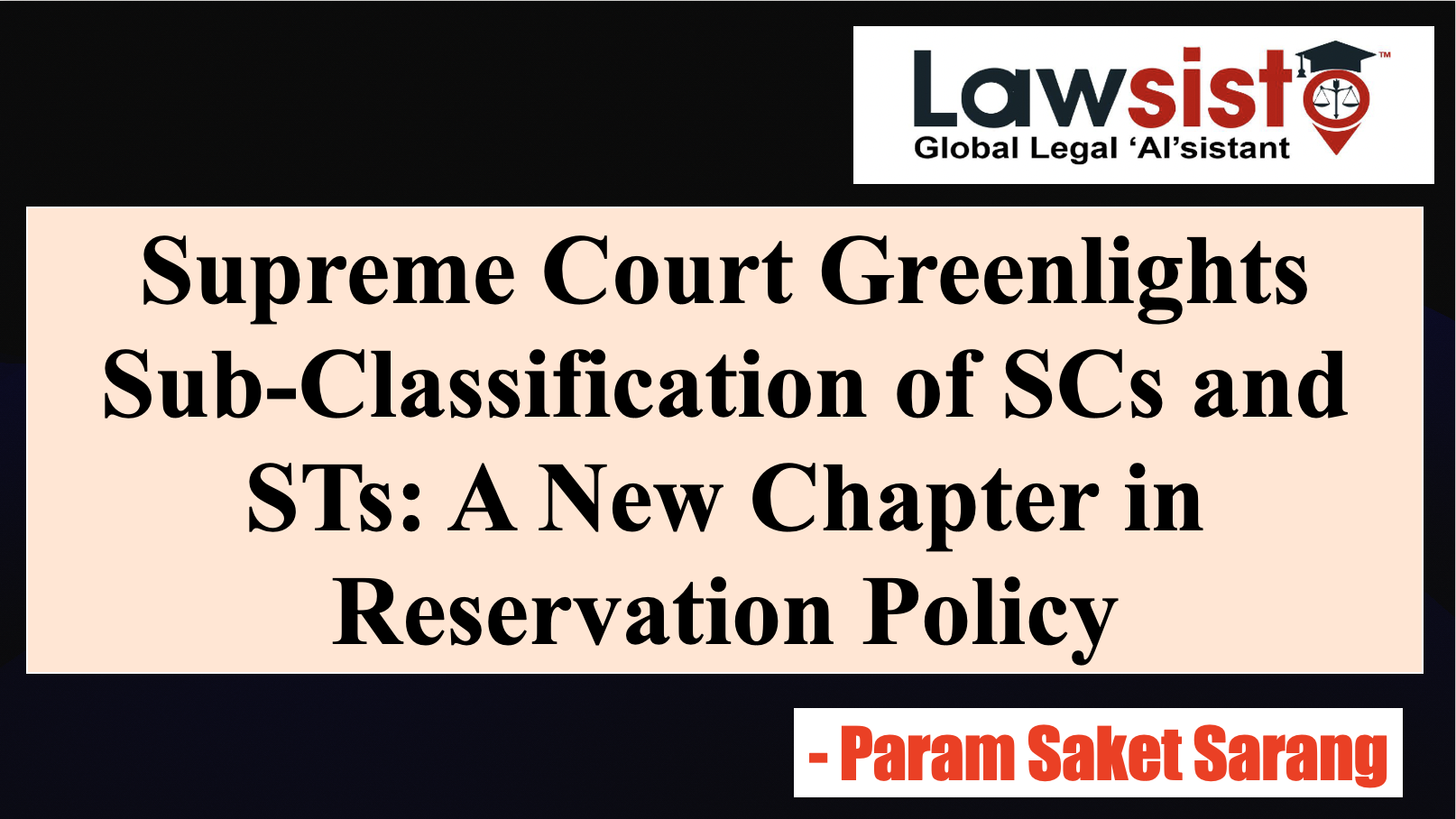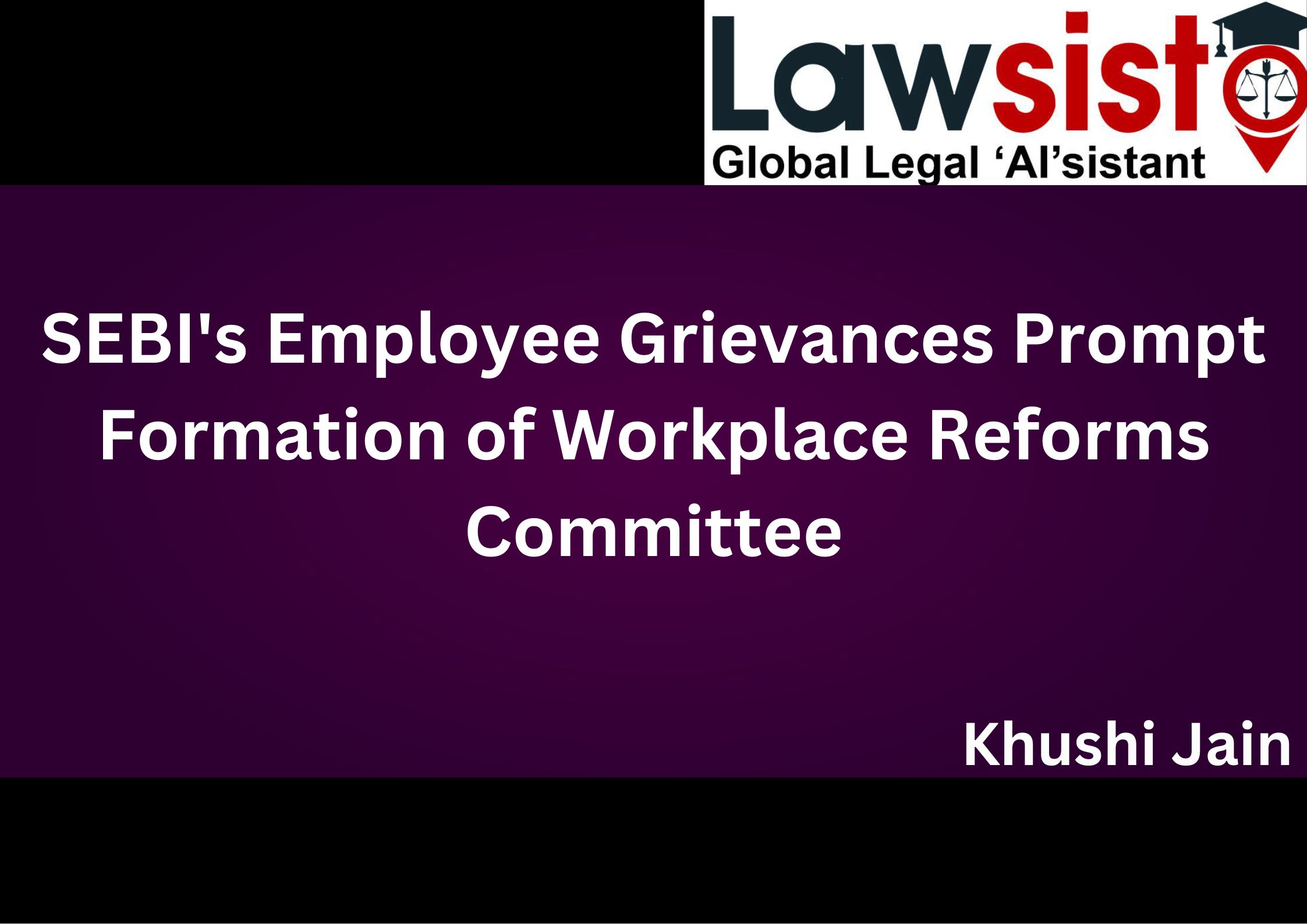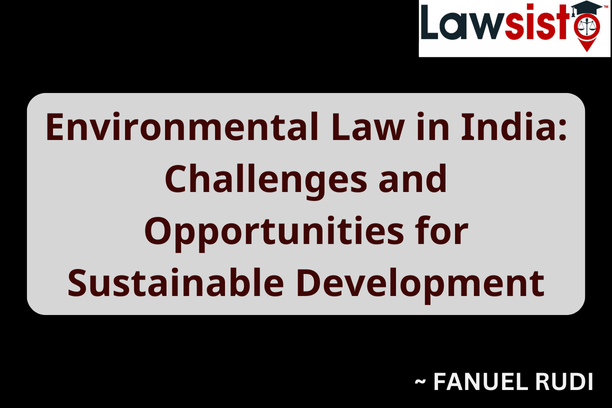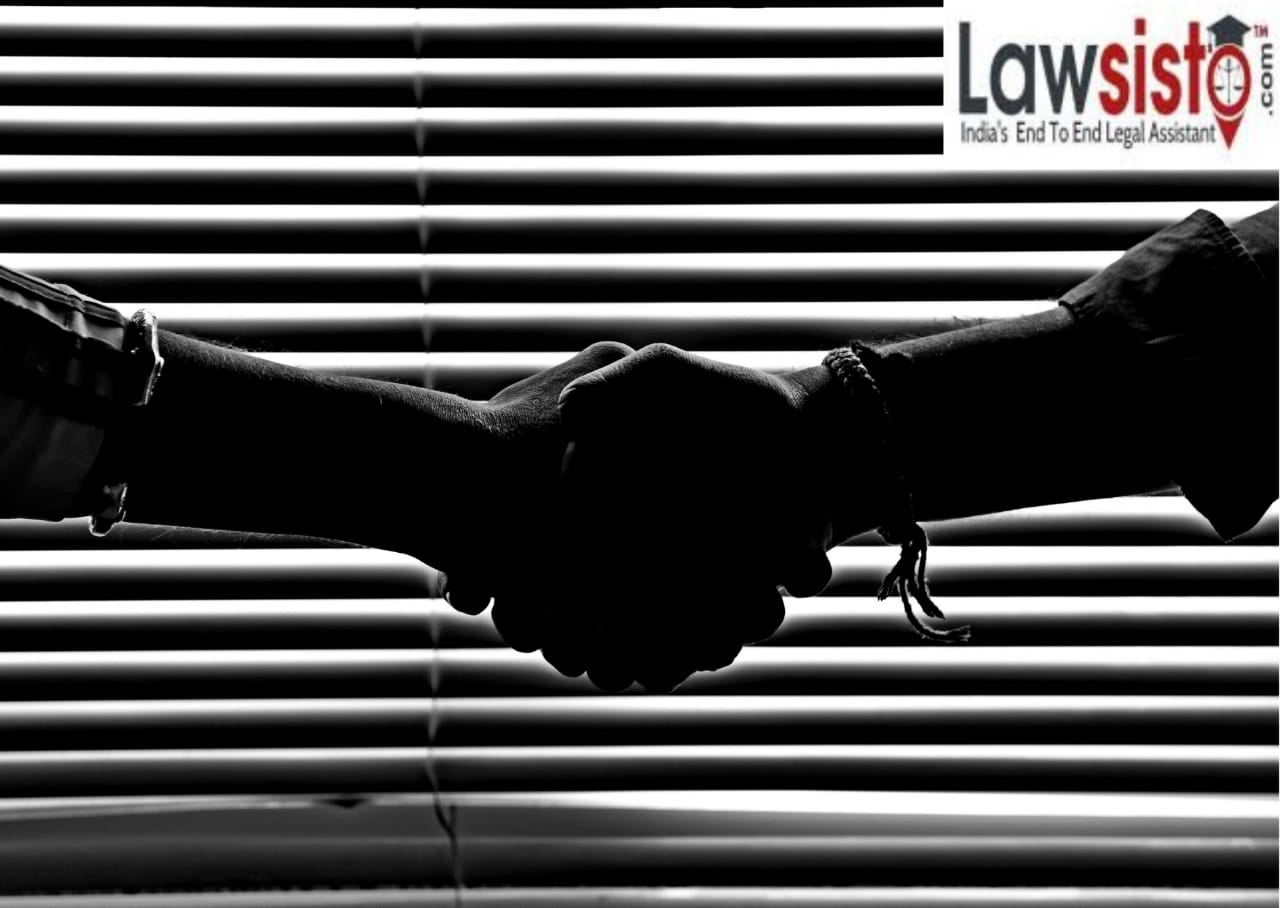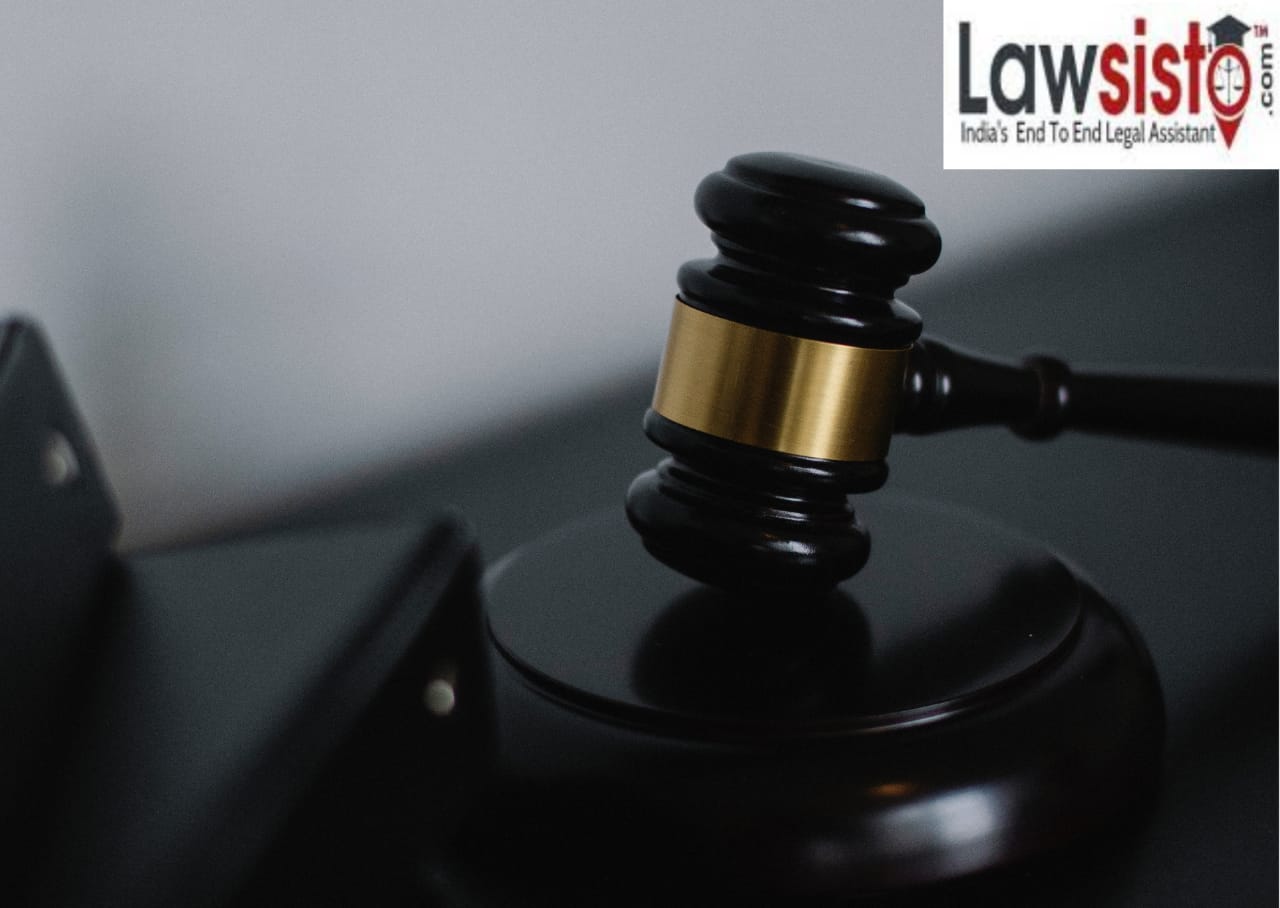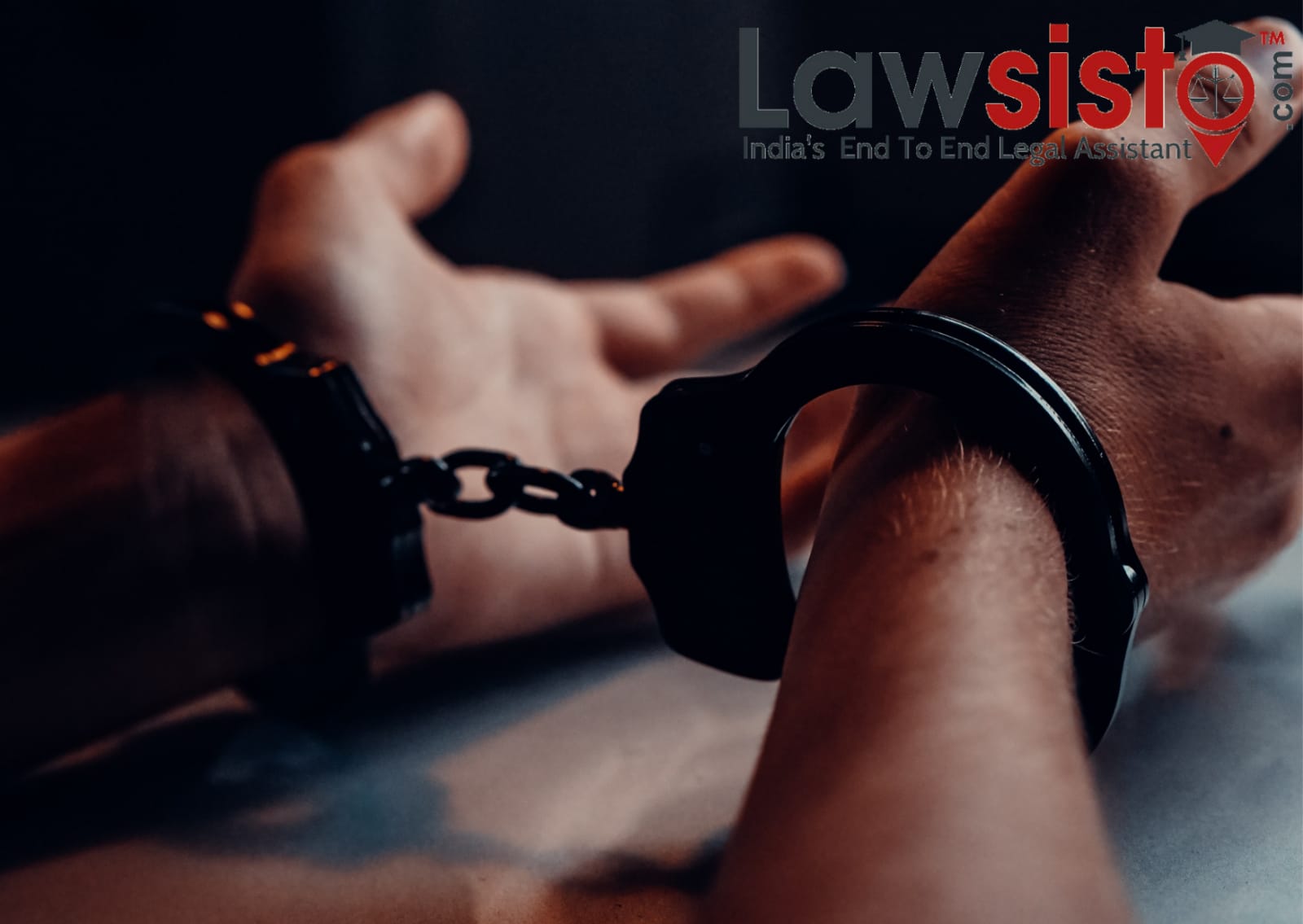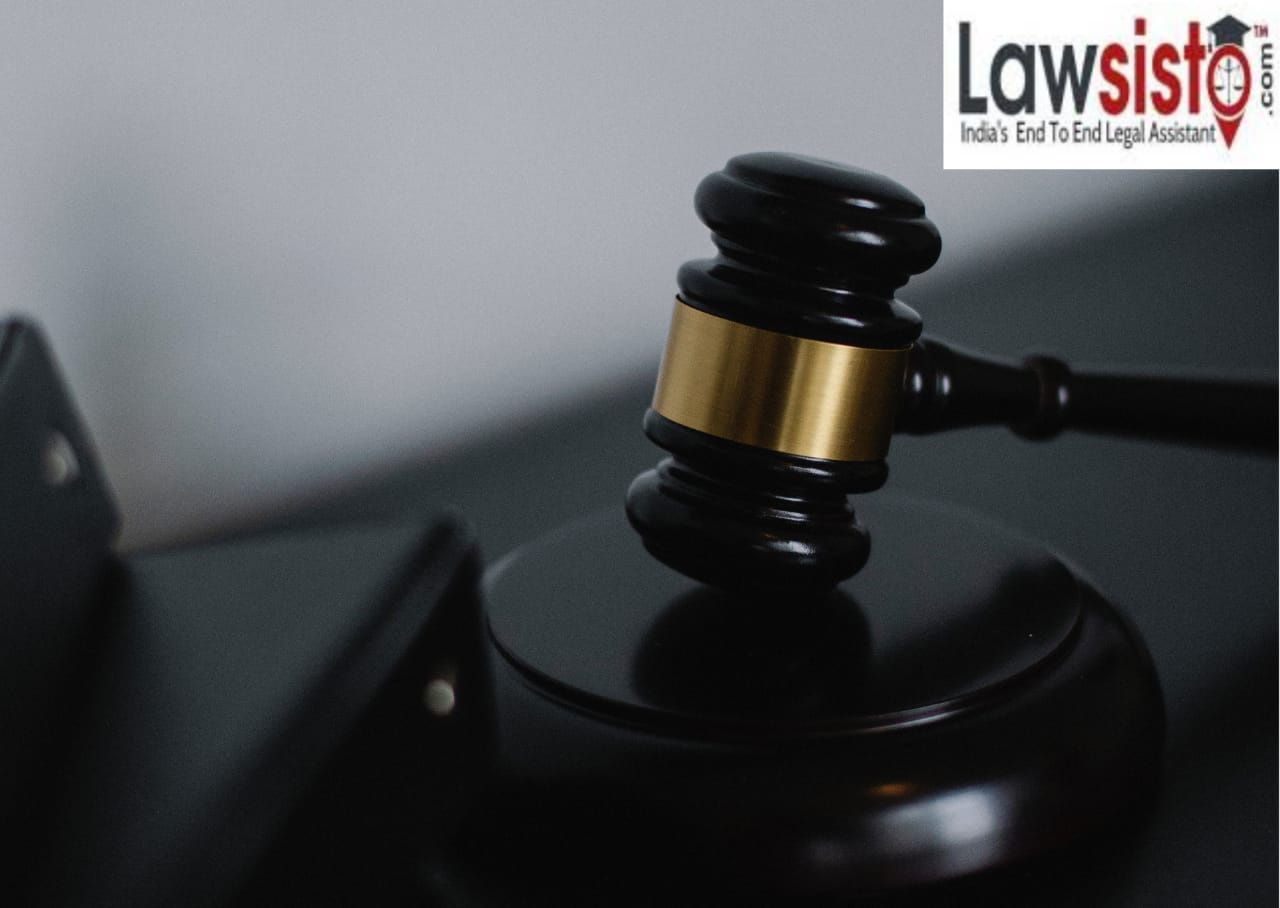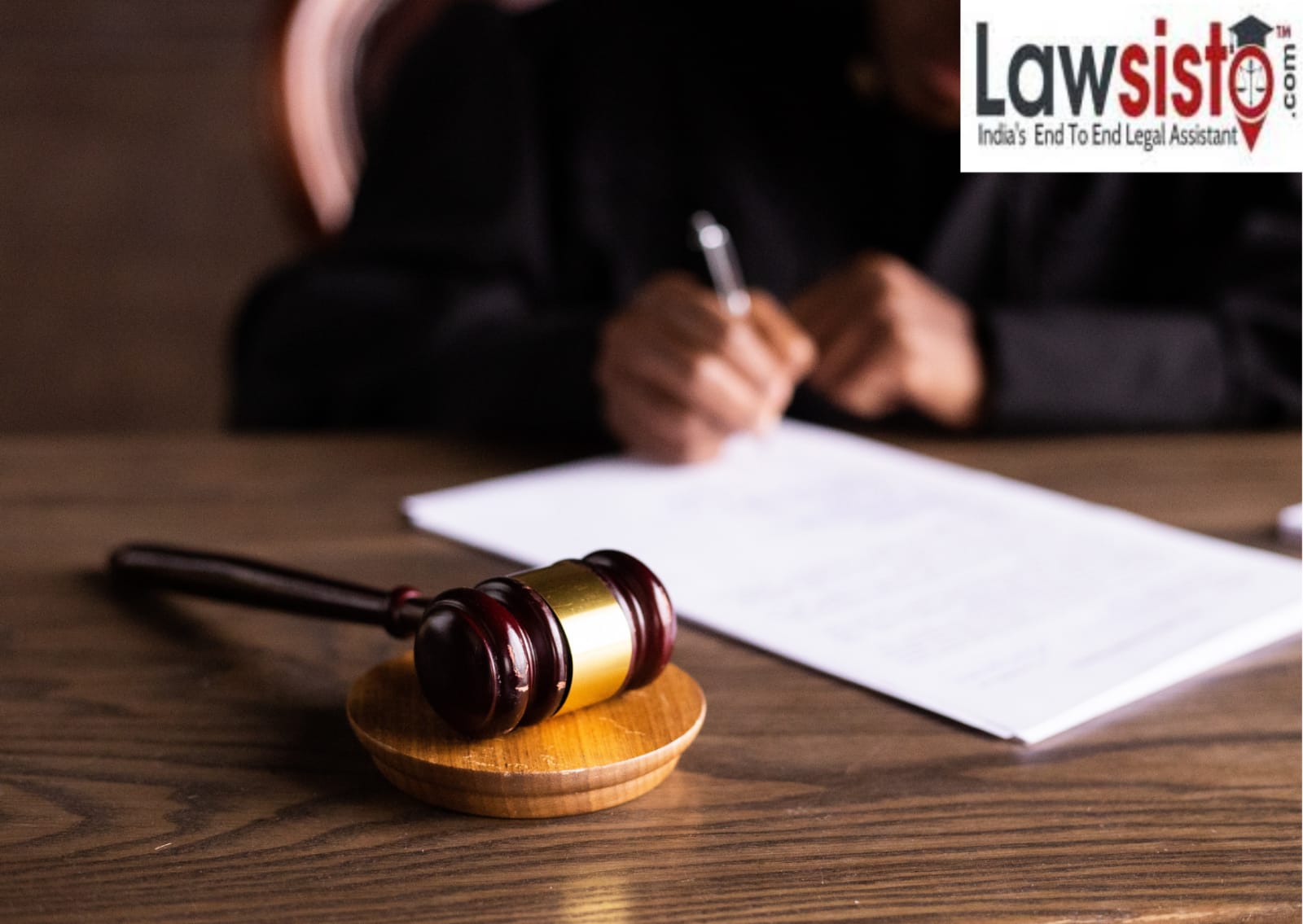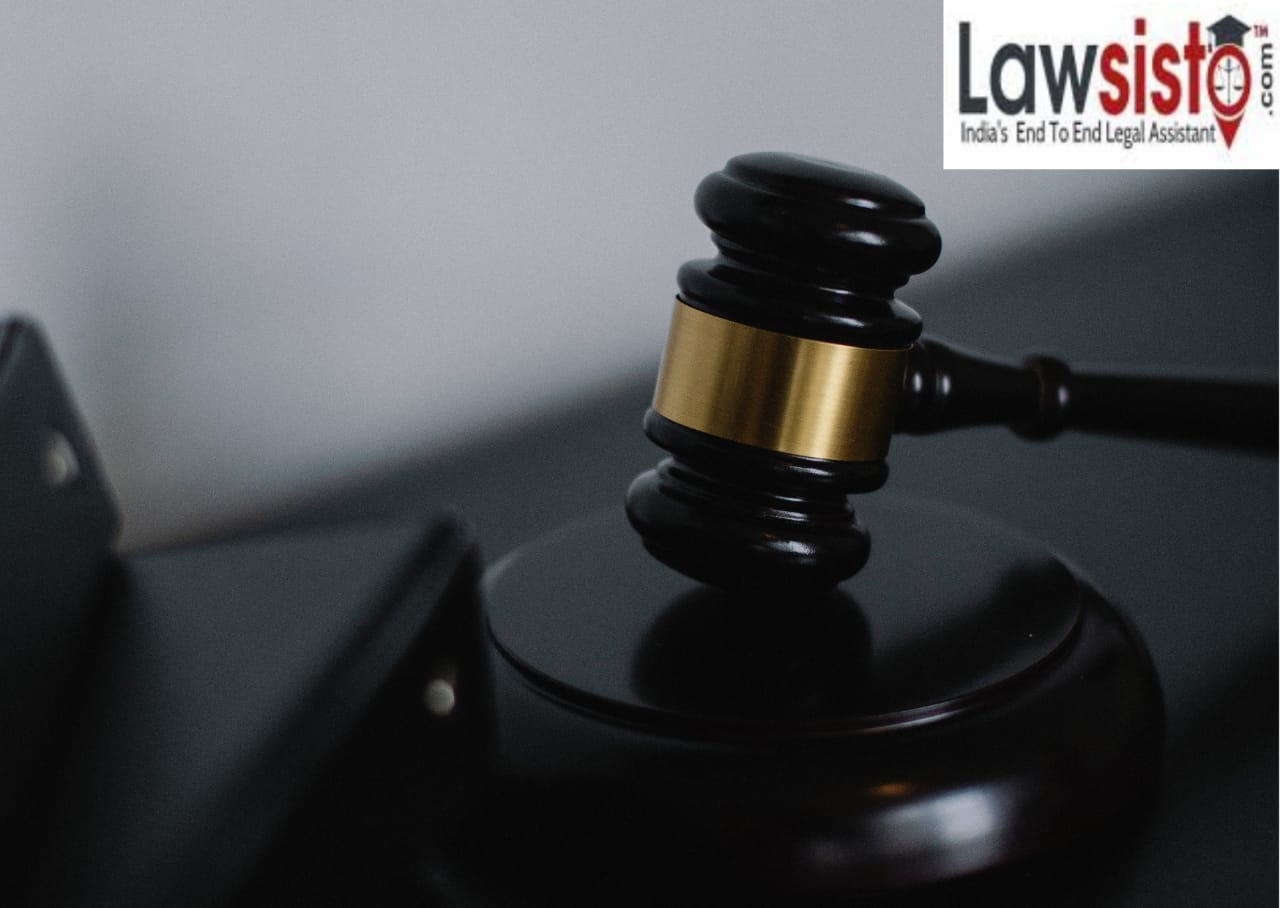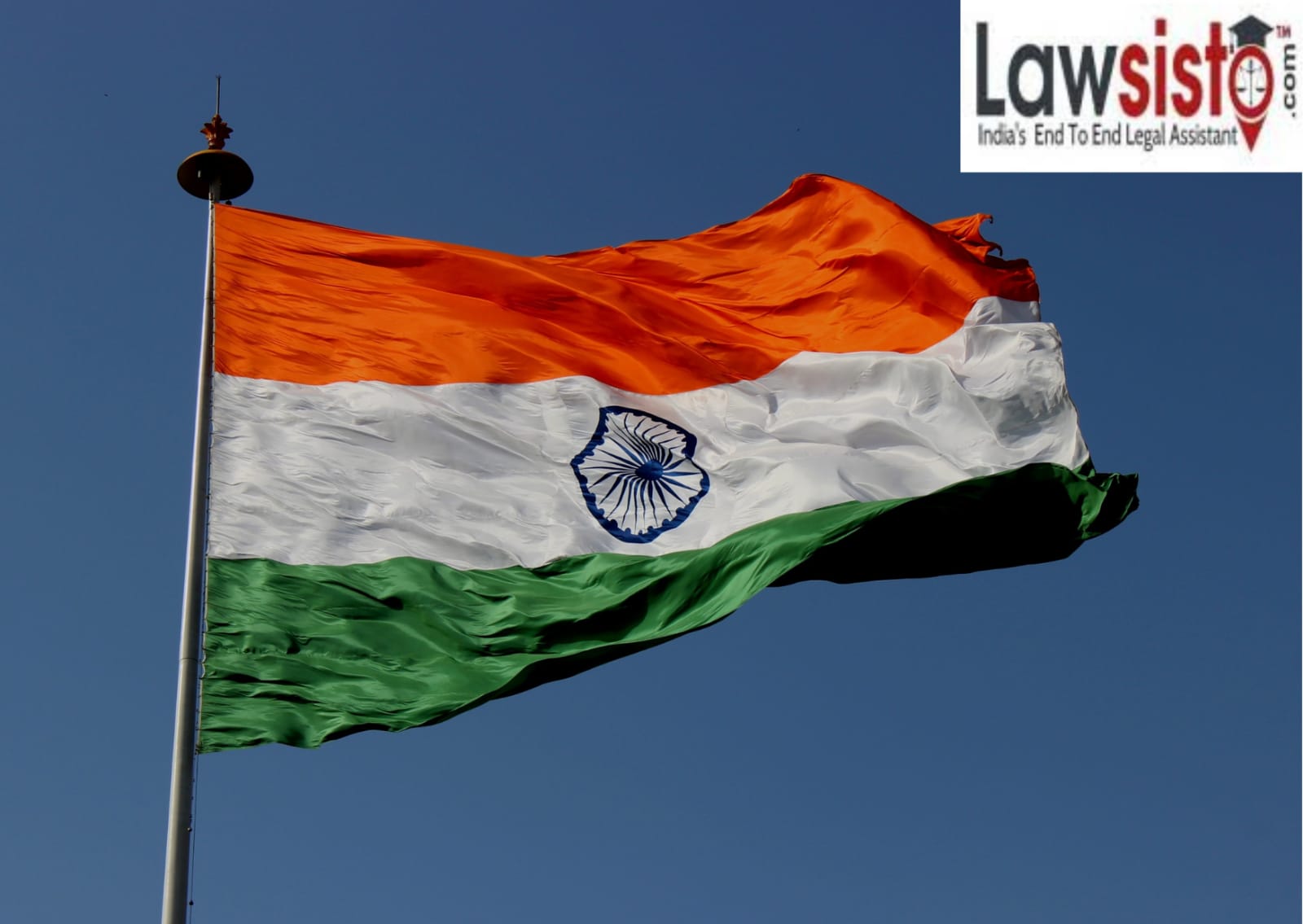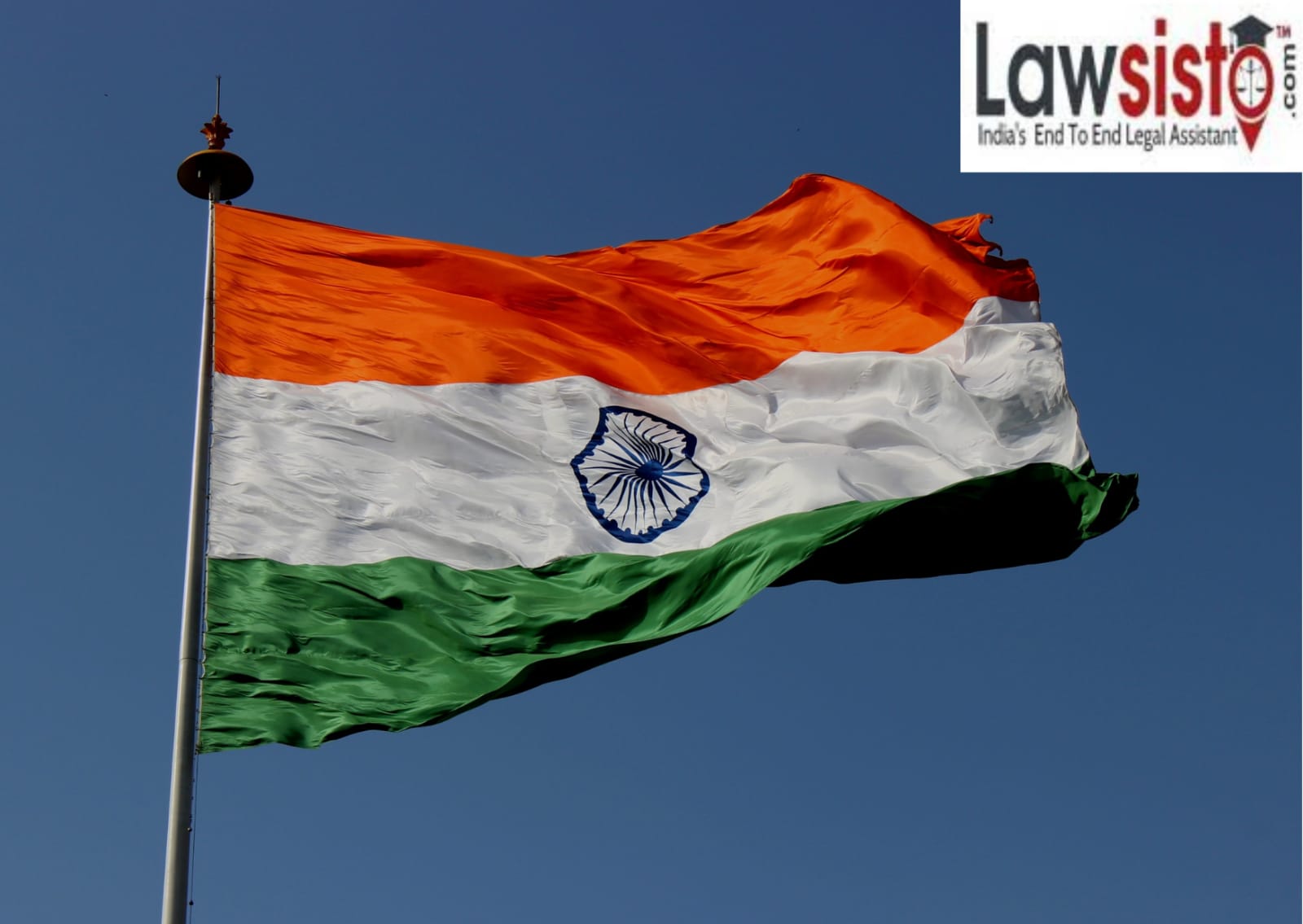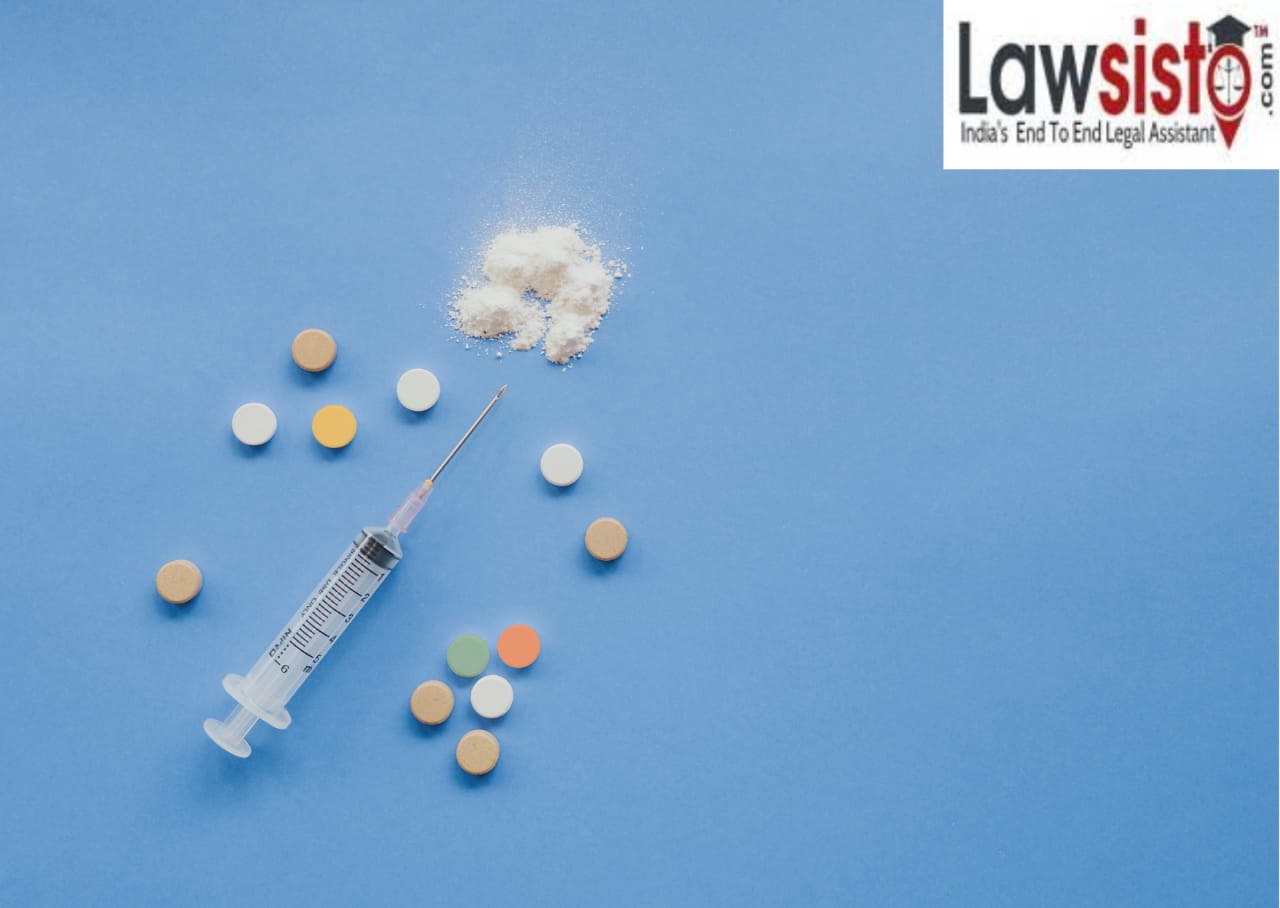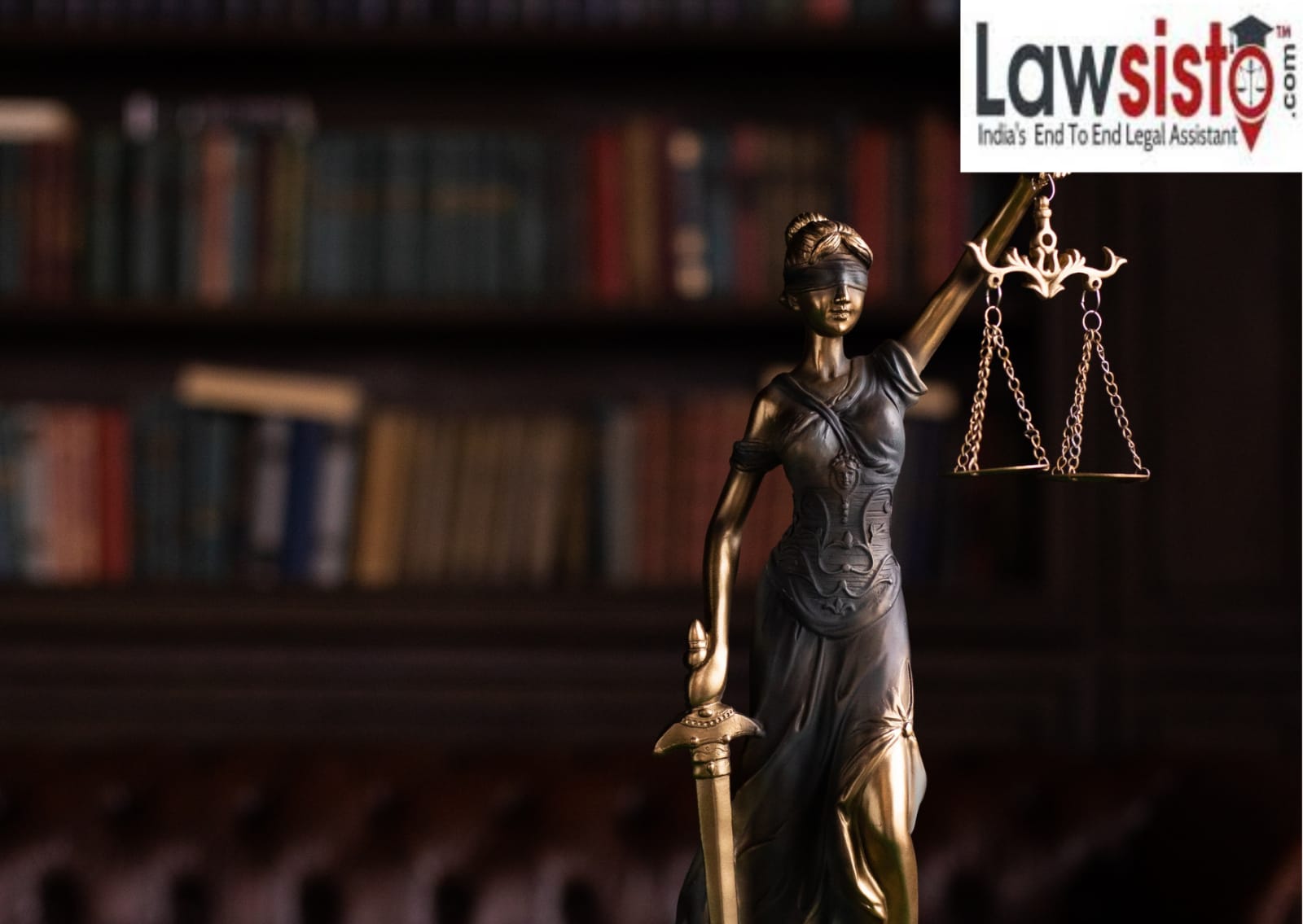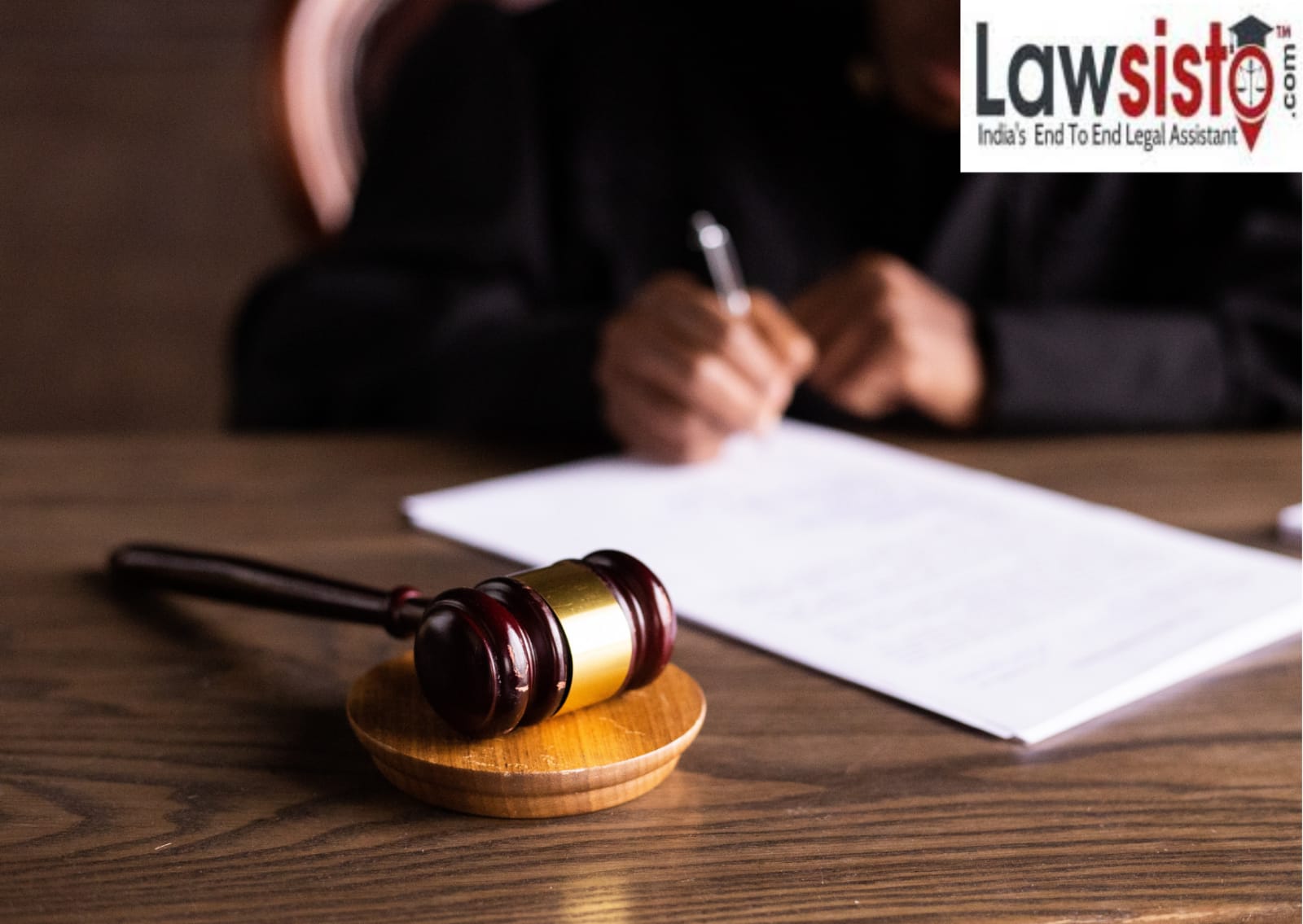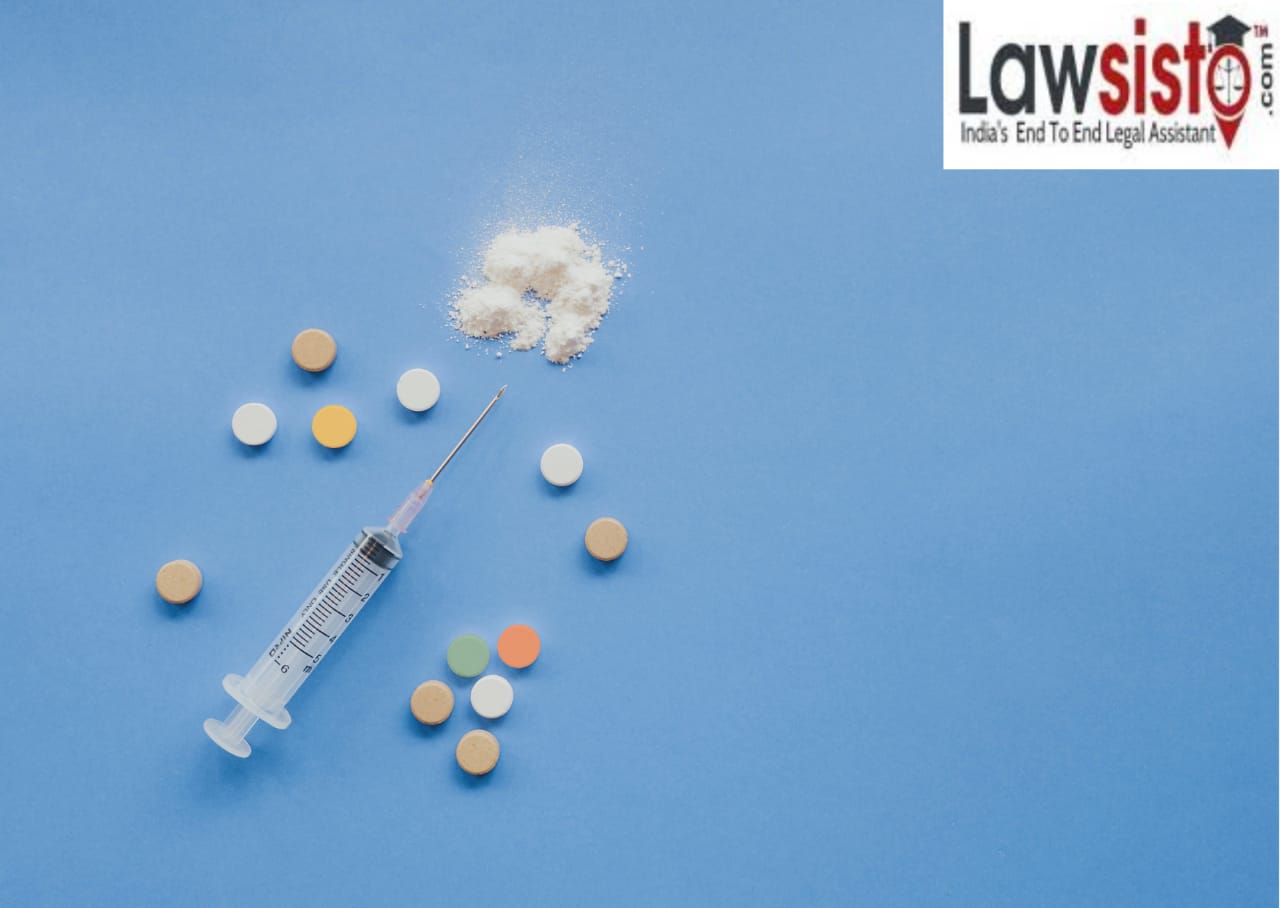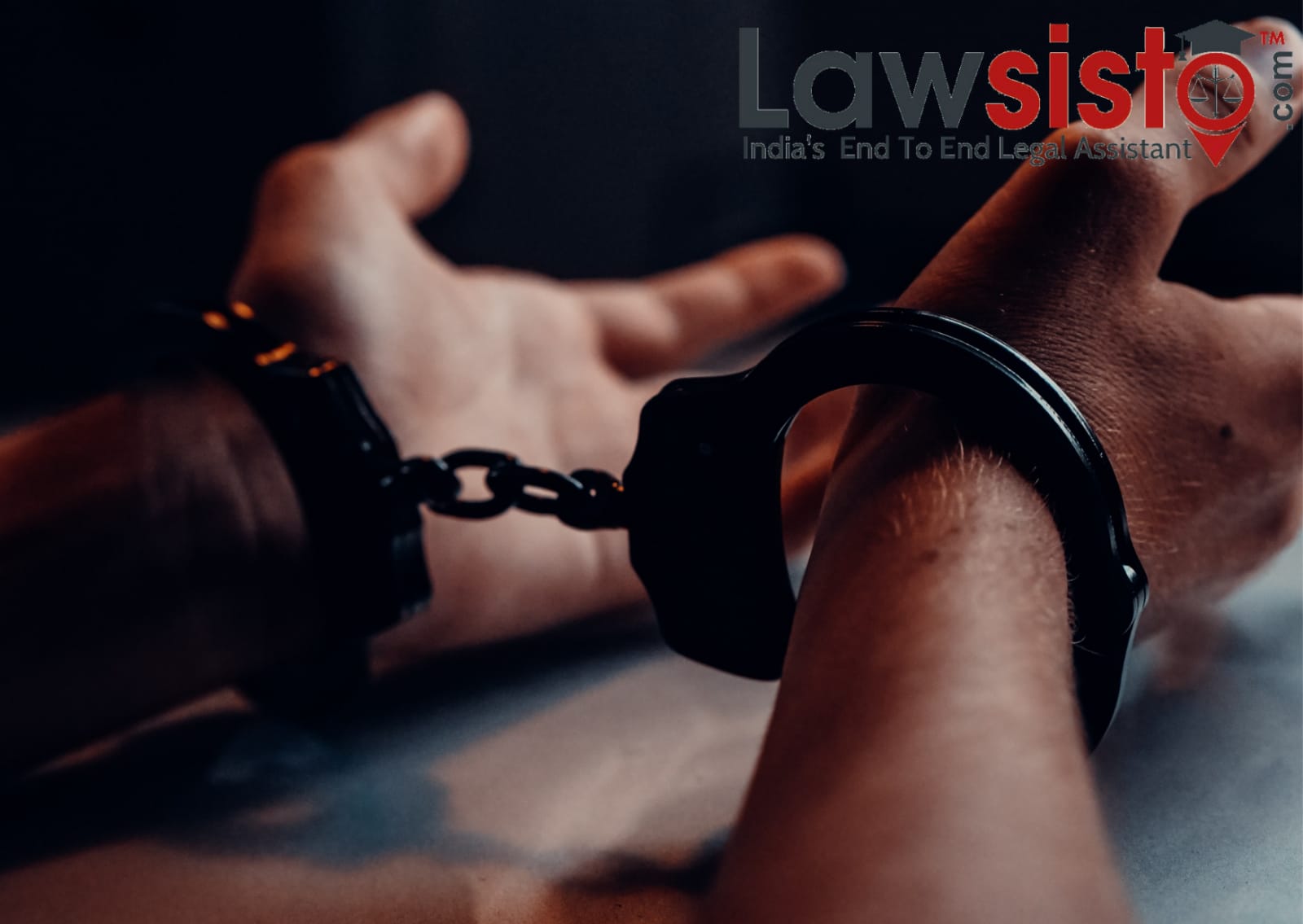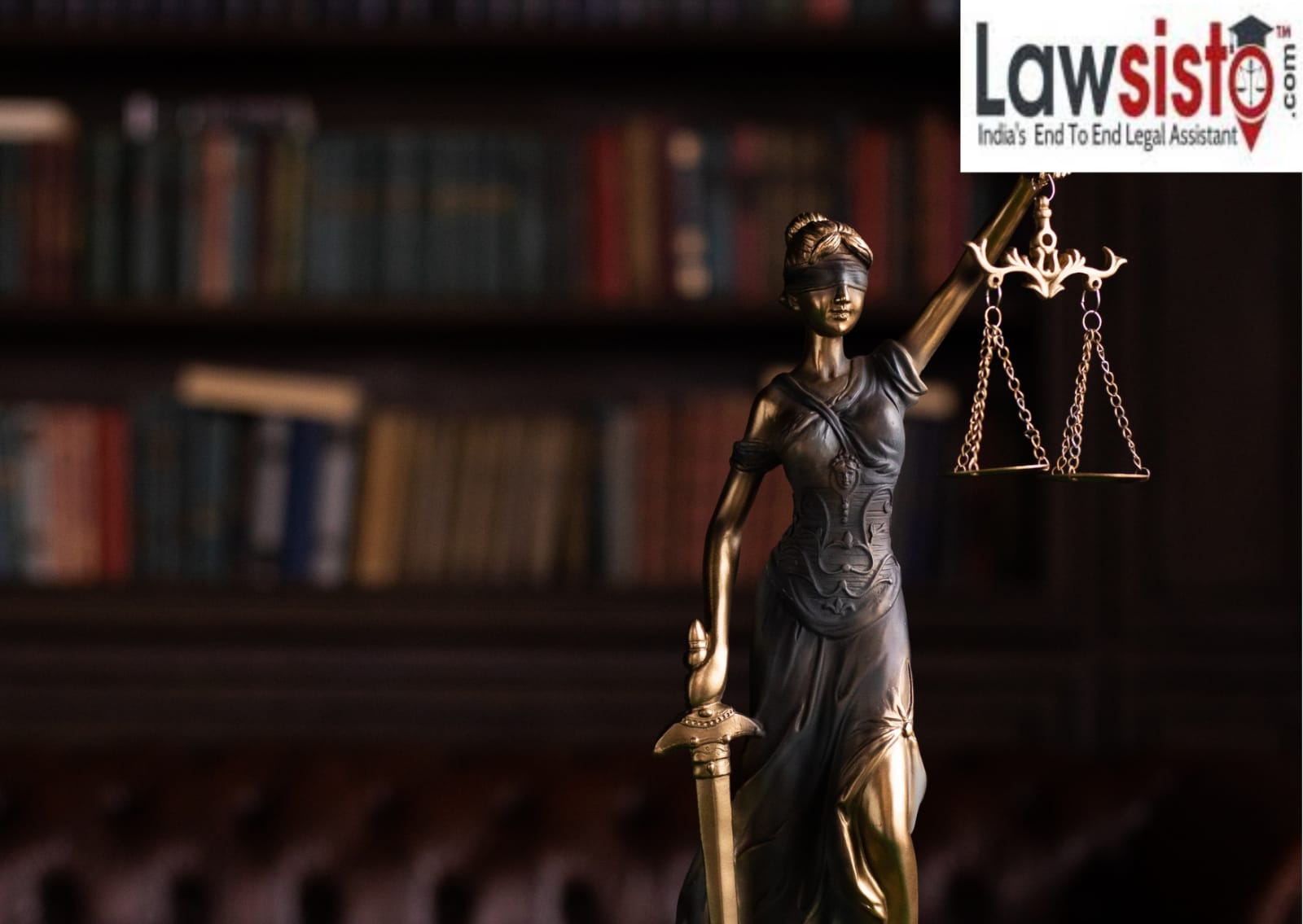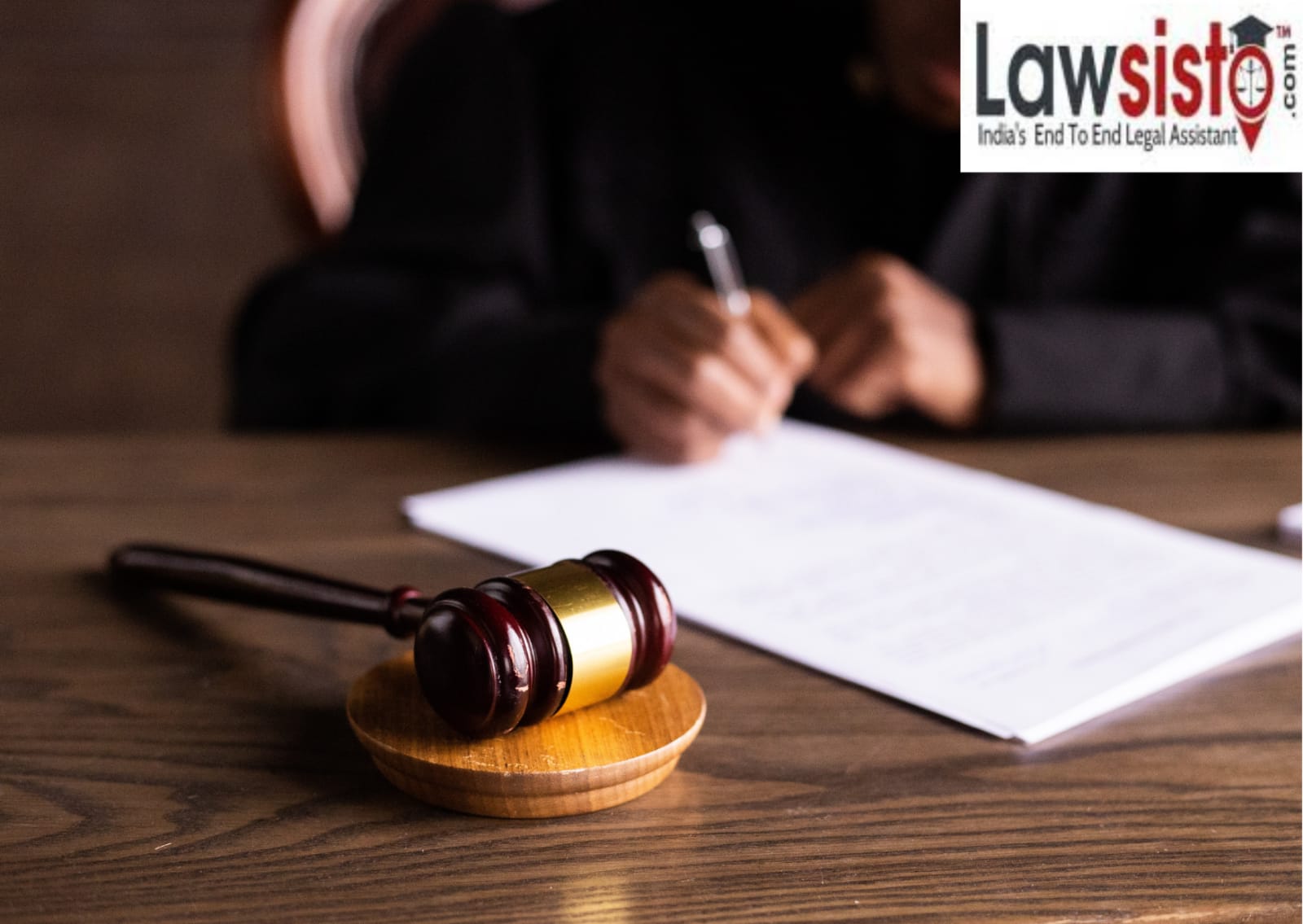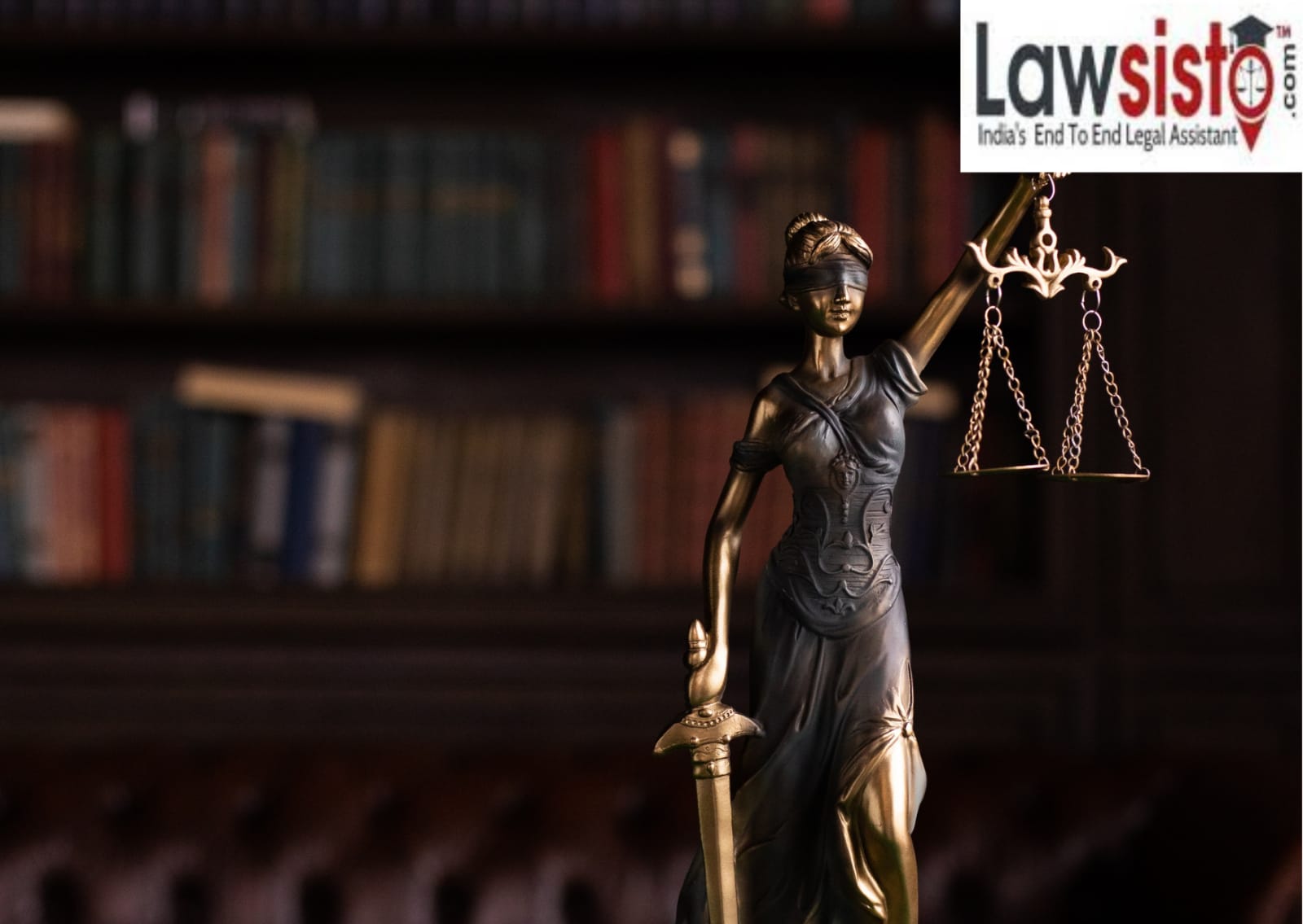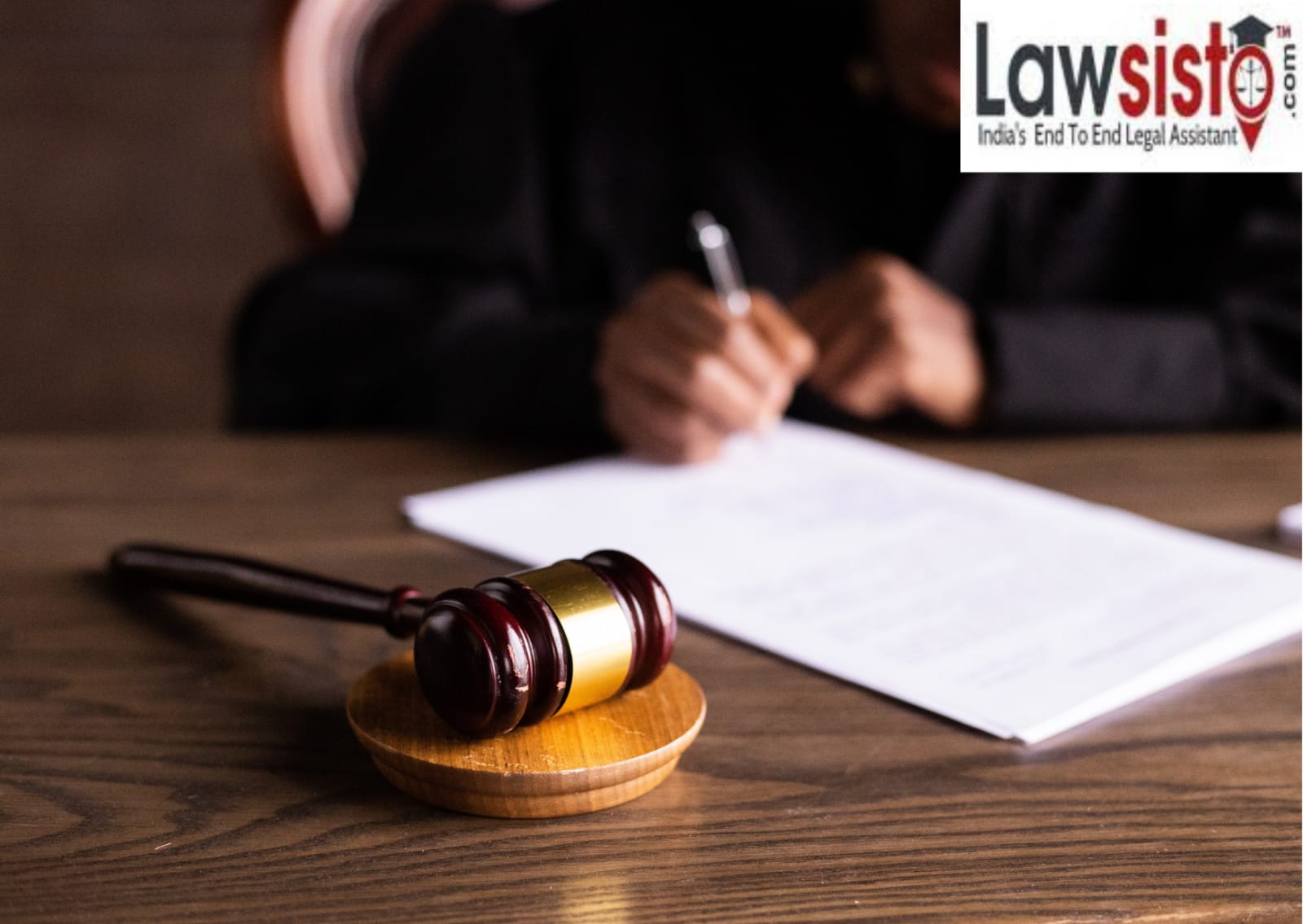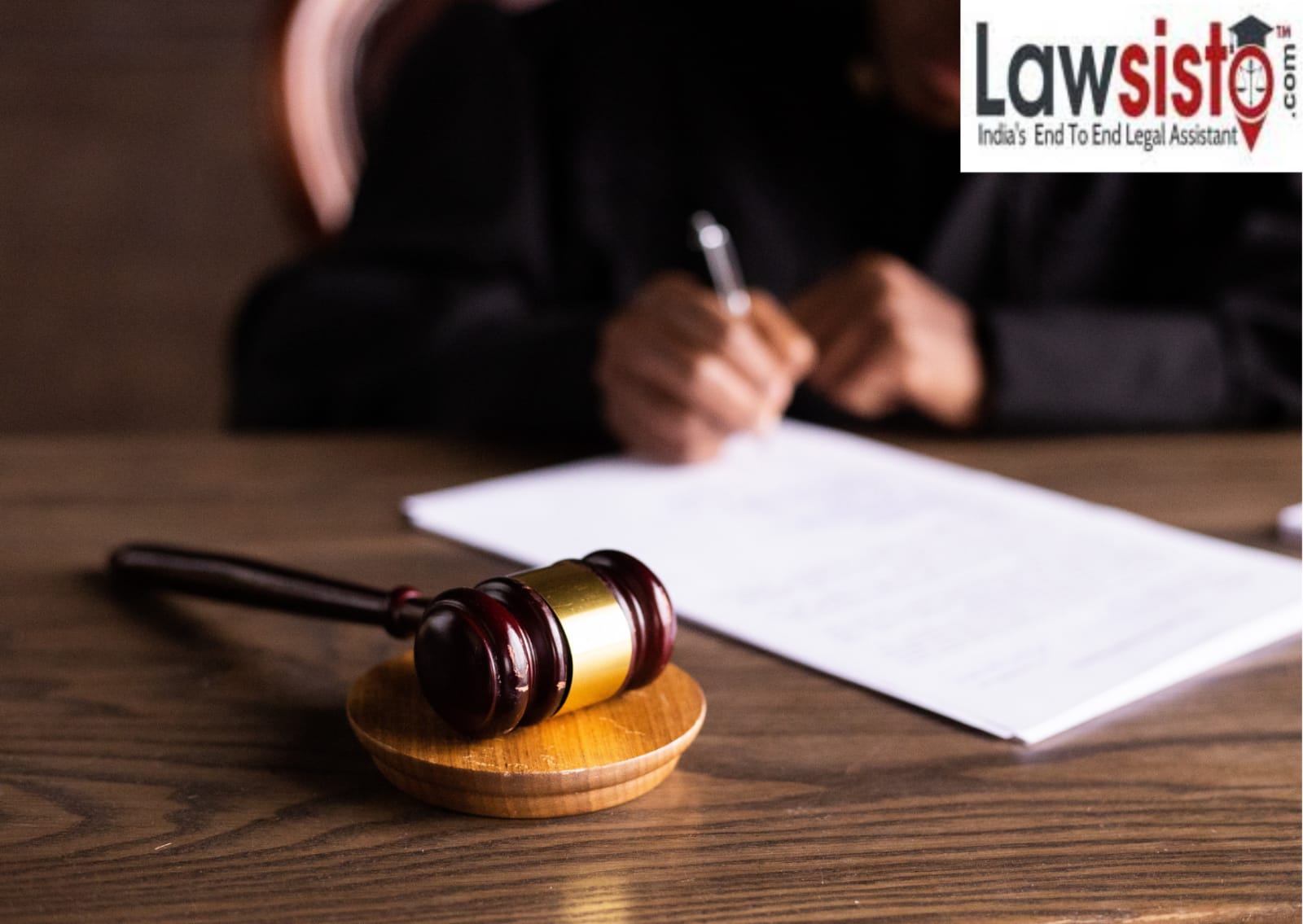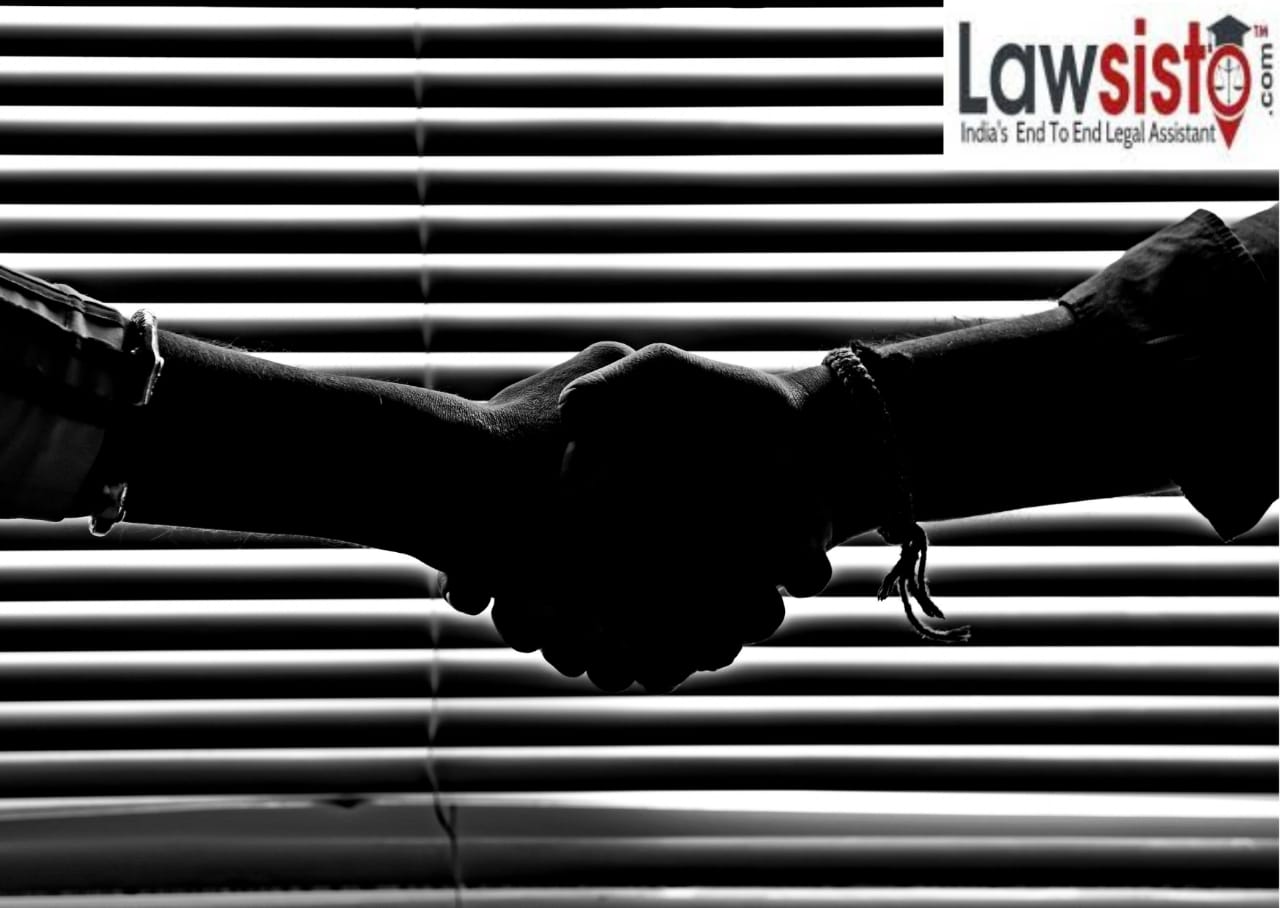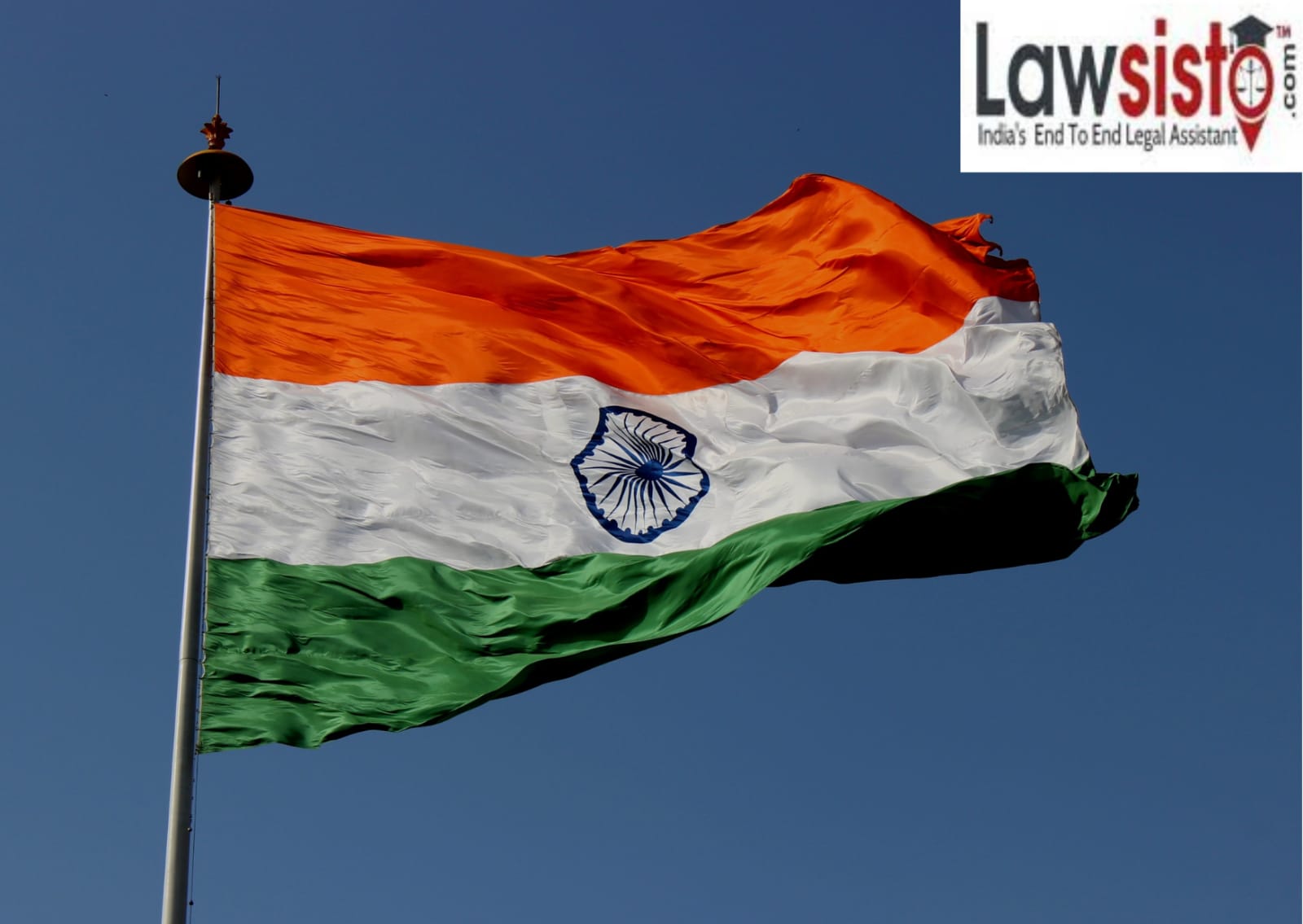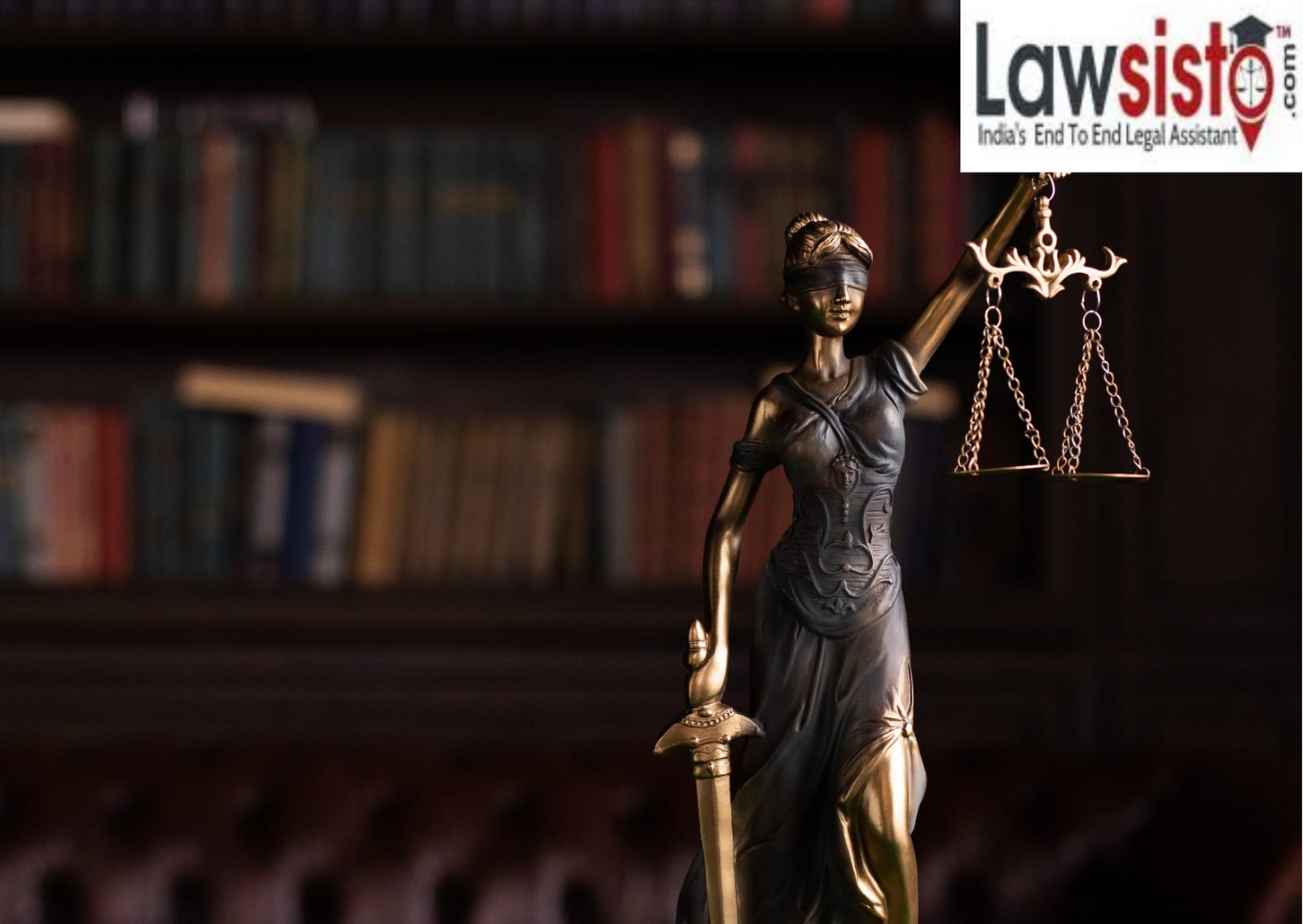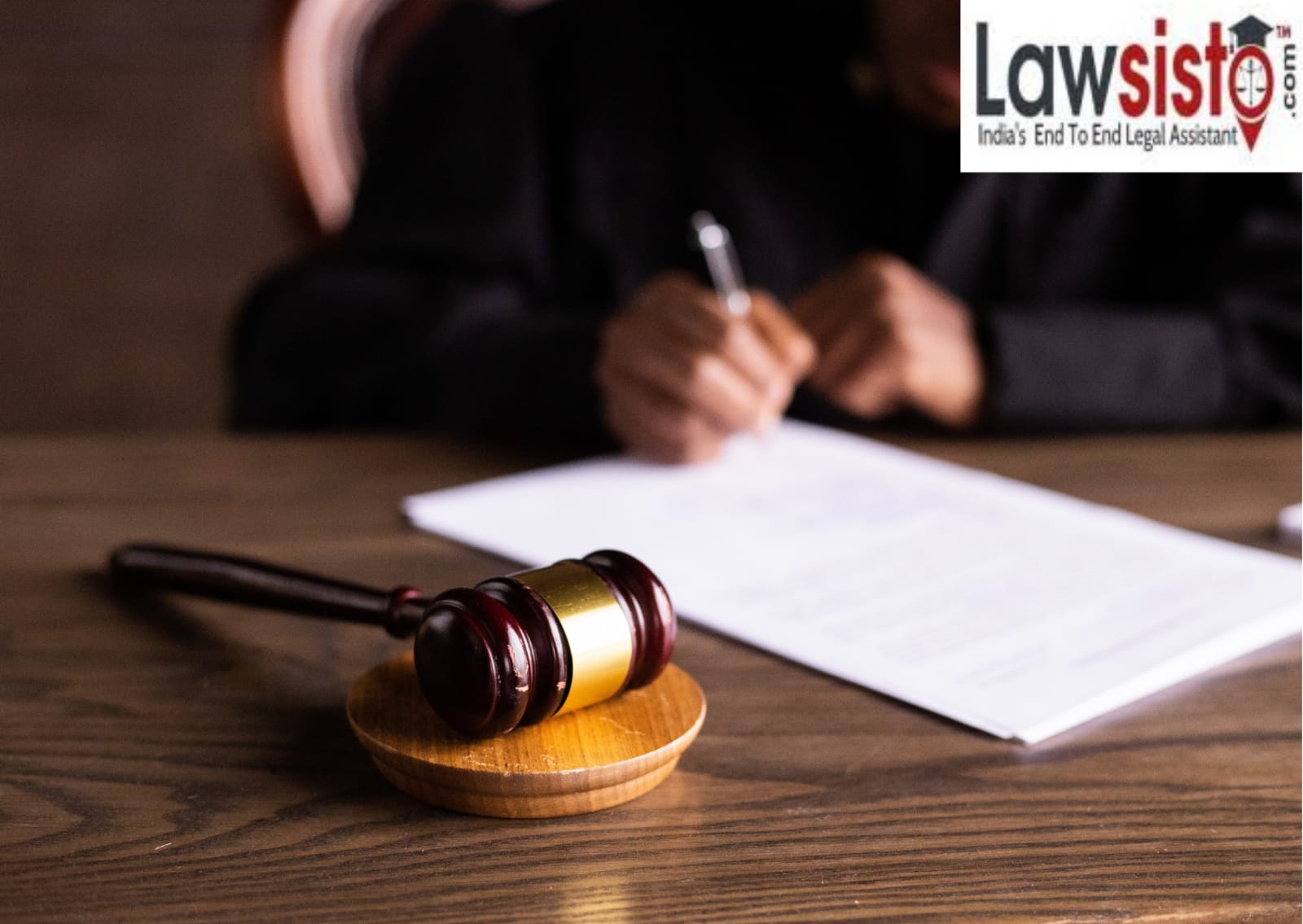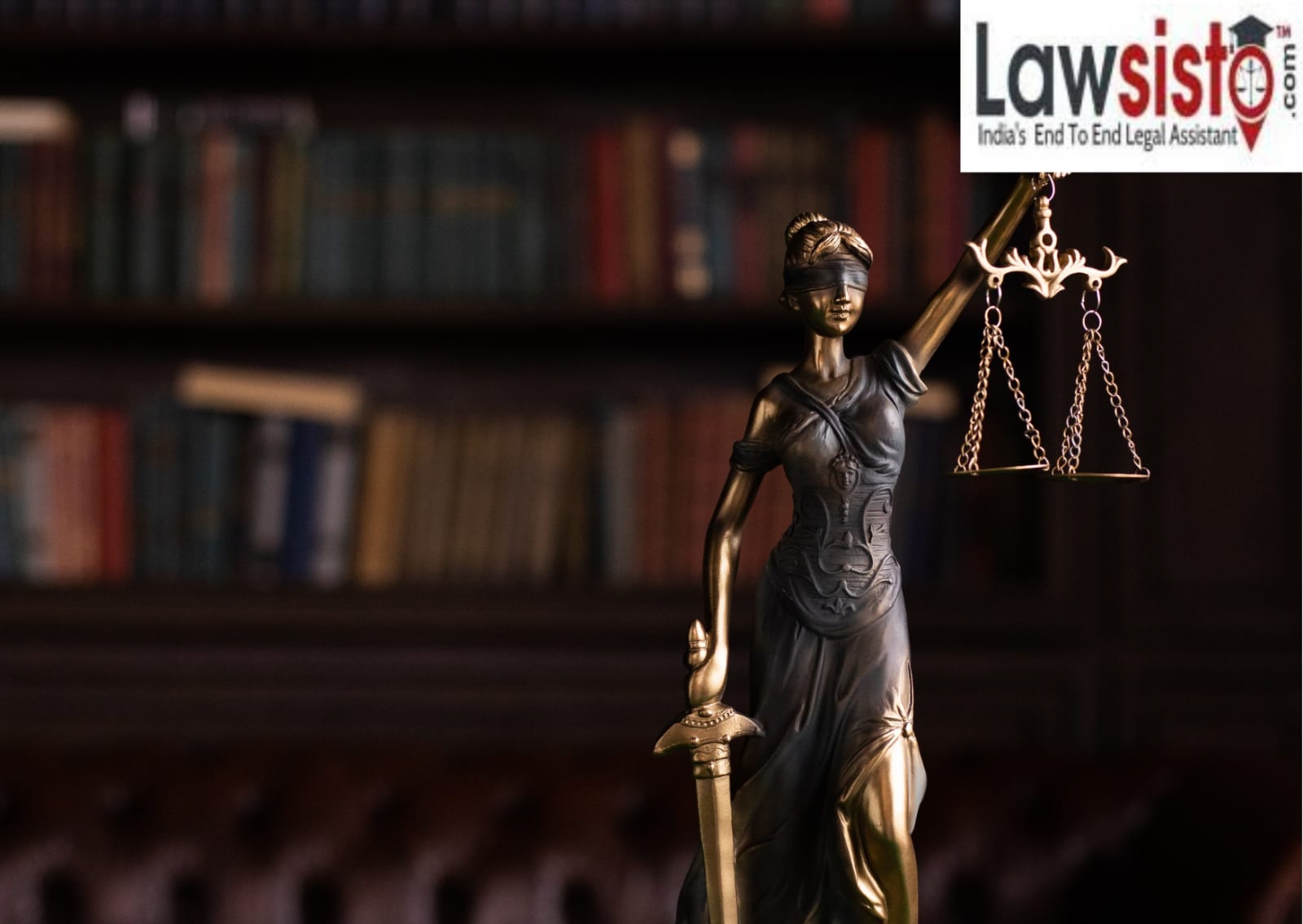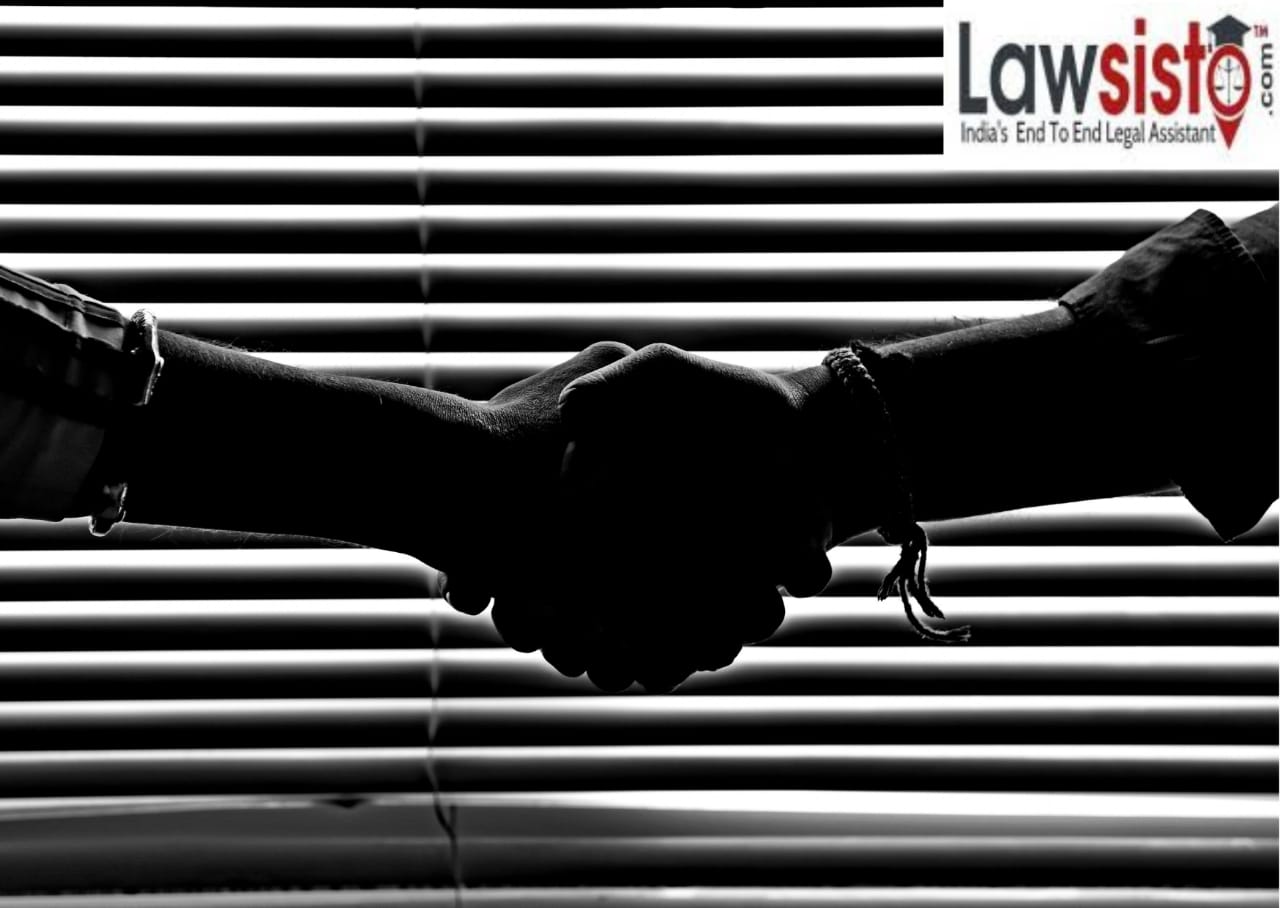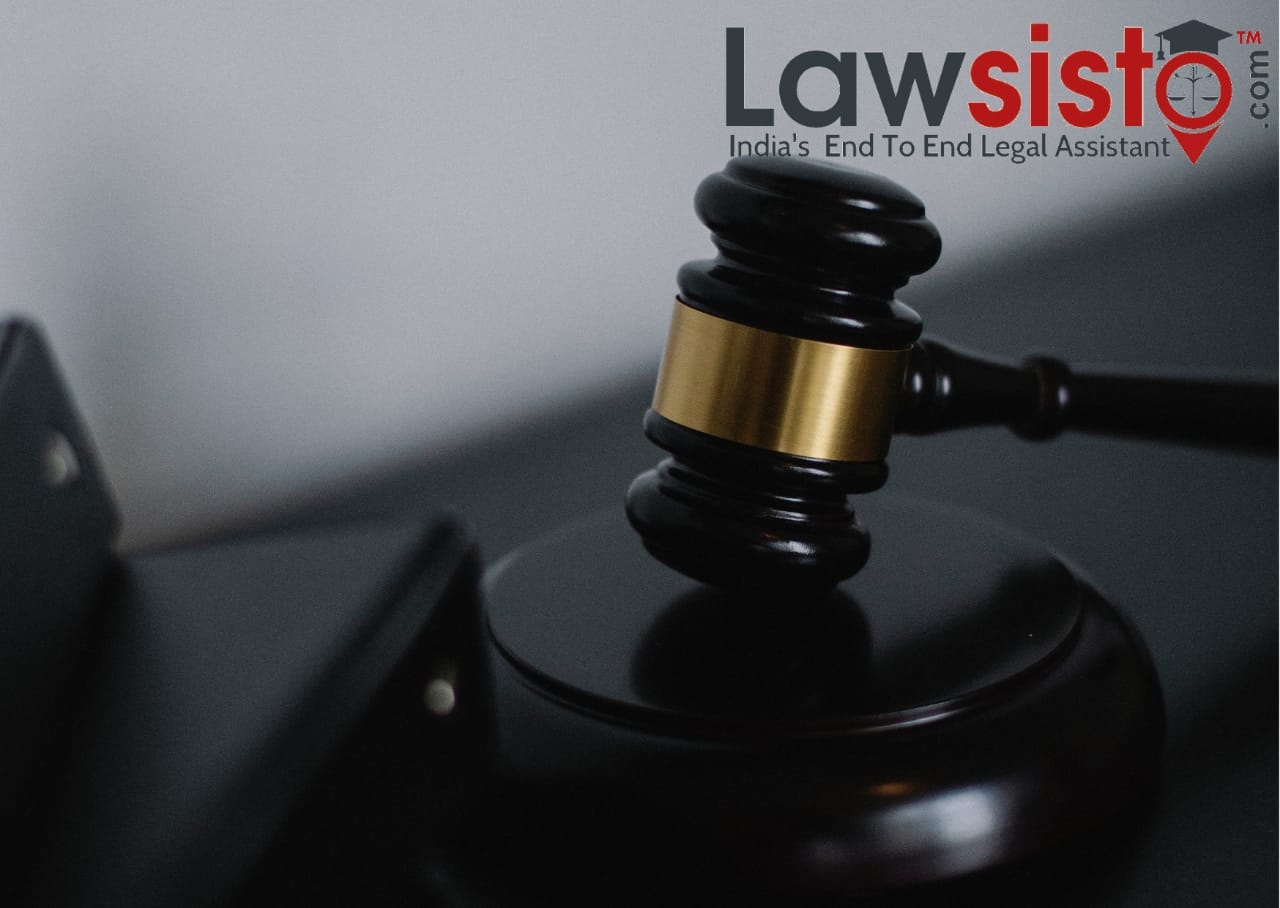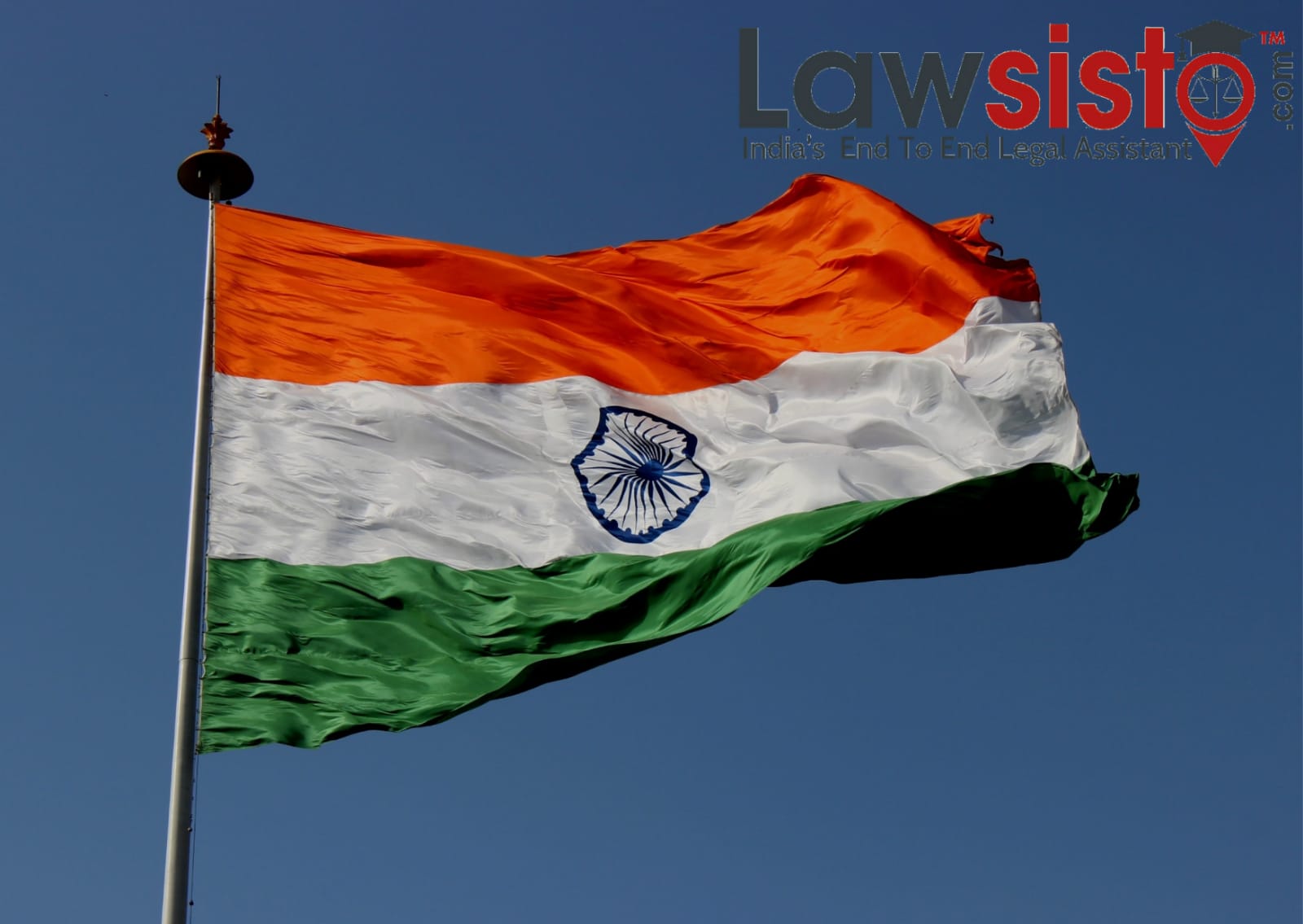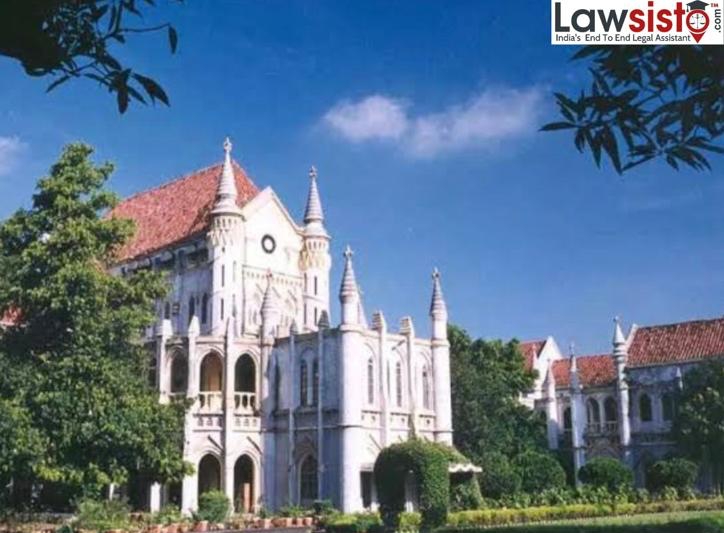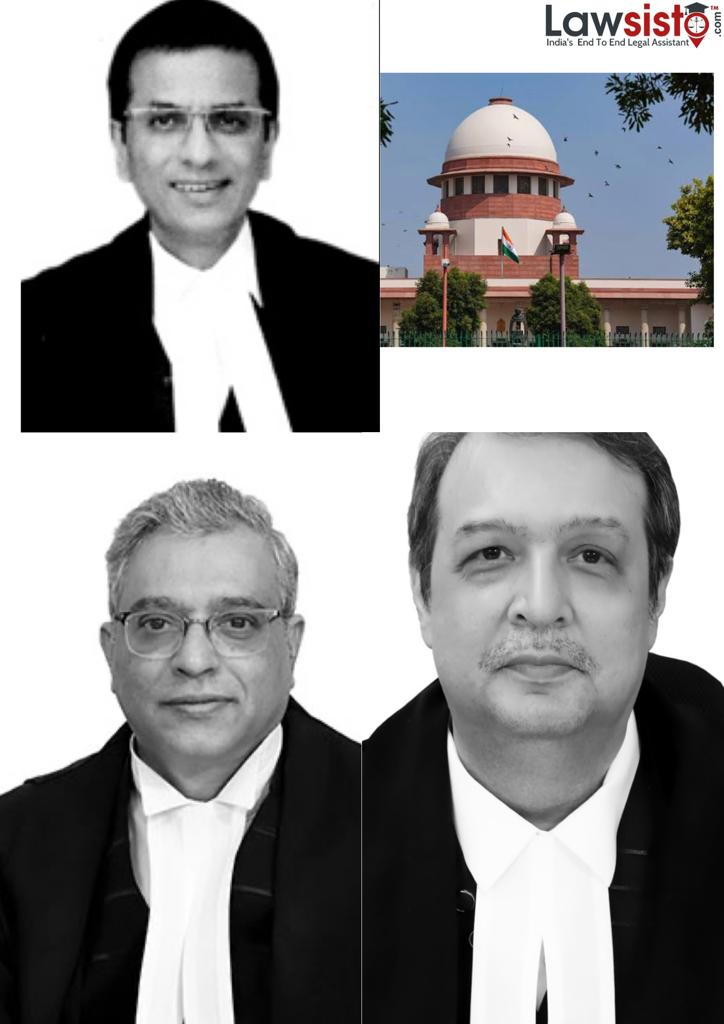Latest News
Judicial Activism in India
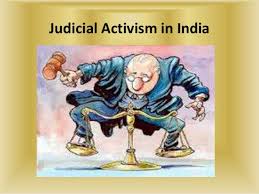
INTRODUCTION
Black’s Law Dictionary defines judicial activism as, “a philosophy of judicial decision-making whereby judges allow their personal views about public policy, among other factors, to guide their decisions, usually with the suggestion that adherents of this philosophy tend to find constitutional violations and are willing to ignore precedent”.
Under the Indian Constitution, the State is under the prime duty to guarantee justice, freedom, and equality in the country. So as to limit the State from getting away from its duties, the Indian Constitution has presented the power of checking on the State's activity, on the courts. In this case, the Indian judiciary has been considered as the defender of the Indian Constitution. Thinking about its obligation, the Indian judiciary has assumed a functioning job, in securing the people's basic rights against the State's unjustifiable, outlandish and unreasonable activities or inactions.
POWERS OF SUPREME COURT AND HIGH COURTS
Judicial activism happens when the courts have the power to review State activity. Article 13 read with Articles 32 and 226 of the Indian Constitution gives the power of judicial review to the higher judiciary to proclaim, any legislative, executive, or administrative activity, void if it is in negation with the Constitution. The power of judicial review is a fundamental structure of the Indian Constitution.[1]
Article 32 of the Indian Constitution gives the right to each person to straightforwardly approach the Supreme Court of India for the enforcement of their basic right. Article 32 gives power to the Supreme Court to give any order or writ for the implementation of any of the crucial rights. The Supreme Court in Fertilizer Corporation Kamgar Union vs. Union of India[2] held that the power of the Supreme Court under Article 32 is an essential piece of the basic structure of the Indian Constitution “because it is meaningless to confer fundamental rights without providing an effective remedy for their enforcement, if and when they are violated.” A proper writ under Article 32 for the enforcement of Articles 17, 23, and 24 can be passed against a private person also.[3]
Article 226 of the Indian Constitution gives power to the High Courts to give any order or writ for the implementation of basic rights. The two Articles, 32 and 226 are the fundamental structures of the Indian Constitution. Article 227 further gives the power of administrative control to the High Court over the subordinate courts, special courts, and tribunals.
Besides, the Supreme Court has the power to grant special leave to appeal from any judgment, order, sentence, etc. in any matter passed by any court or tribunal under Article 136 of the Constitution. The Supreme Court practices its exceptional power in those cases where gross injustice occurs or a considerable question of law is involved.
JUDICIAL ACTIVISM AND SHIFT FROM LOCUS STANDI TO PUBLIC INTEREST LITIGATION (PIL)
Access to justice is a major part of the rule of law. If justice isn't available to all, the foundation of the law is unrealistic. The Supreme Court of India has perceived in numerous milestone decisions that the right to justice is a fundamental right.[4] Indian judiciary has assumed a focal job in guaranteeing access to justice for the poor, individuals from socially and economically backward classes, survivors of human trafficking, transgenders, etc. By and large, the Apex Court practiced its epistolary jurisdiction[5] and took suo moto cognizance on mere postal letters uncovering the human rights infringement. Human rights infringement published in the newspapers was also taken into account. The court accepts the petitions which are filed by the public in the public interest. Thusly, the prevalent courts have freed themselves from the shackles of the guideline of locus standi and given birth to the PIL in India.
The move from locus standi to public interest litigation made the legal procedure “more participatory and democratic.”[6] The Supreme Court in People's Union for Democratic Rights vs. Union of India[7] held that PIL is unique in relation to the conventional adversarial judicial framework. The court said that PILs are expected to advance the public interest.
PIL has been created to deliver justice to the poor, socially, or economically impeded segments of the general public. The infringement of established or legitimate rights of such an enormous number of people ought not to go unnoticed.
In Fertilizer Corporation Kamgar Union vs. Union of India,[8] the court held that PIL is a piece of the participative justice. The Supreme Court of India in Sheela Barse vs. Union of India[9] stated: “The compulsions for the judicial innovation of the technique of a public interest action is the constitutional promise of a social and economic transformation to usher-in an egalitarian social-order and a welfare-State”.
While passing any order under PIL, the aim of the court is to implement the constitution and rule of law in society.[10]
CONCLUSION
In India, the judiciary has built up the crucial rights law while giving the liberal understanding ‘right to life and personal liberty’. In its milestone decisions, the Supreme Court perceived prisoners’ rights including access to court and lawful facilities,[11] right to meet their family members and friends,[12] the right to speak freely of discourse and expression,[13] right to compensation,[14], etc.[15]
The judiciary in India is again answerable for the basic right to live in a sound environment,[16] actualizing Precautionary and Polluter Principles as essential highlights of the sustainable development,[17] and so forth.
Because of judicial intervention, the administration was ordered to rehabilitate the offsprings of prostitutes.[18] It was requested that the offsprings of prostitutes ought not to be permitted to live with their mothers in the grim environment of brothels.
They require convenience and recovery in rehabilitation homes. Progressively, the Supreme Court of India in Vishal Jeet vs. Union of India,[19] again gave headings to the legislature to rehabilitate such youngsters.
These are some of the ways judicial activism helps to uphold the true value and essence of the Constitution in the country.
[1] L.Chandra Kumar vs. Union of India, (1997) 3 S.C.C. 261.
[2] A.I.R. 1981 S.C. 344.
[3] Union of India vs. C Damani and Co., 1980 Supp. S.C.C. 707.
[4] Imtiyaz Ahmad vs. State of Uttar Pradesh, A.I.R. S.C. 2012 642.
[5] Sunil Batra vs. Delhi Administration, (1978) 4 S.C.C. 494.
[6] S.P. Sathe, Judicial Activism in India (Sixth Indian Impression, OUP 2010) 17.
[7] (1982) 3 S.C.C. 235.
[8] A.I.R. 1981 S.C. 344.
[9] (1988) 4 S.C.C. 226.
[10] State of Himachal Pradesh vs. A Parent of a Student of Medical College, (1985) 3 S.C.C. 169.
[11] M.H. Hoskot vs. the State of Maharashtra, (1978) 3 S.C.C. 544.
[12] Francis Coralie vs. Union Territory of Delhi, A.I.R. 1981 S.C. 746.
[13] Prabha Dutt vs. Union of India, (1982) 1 S.C.C. 1.
[14] Rudal Shah vs. State of Bihar, A.I.R. 1983 S.C. 1086.
[15] Selvi vs. the State of Karnataka, (2010) 7 S.C.C. 263.
[16] Rural Litigation and Entitlement Kendra, Dehradun vs. State of U.P., A.I.R. 1985 S.C. 652.
[17] Vellore Citizens Welfare Forum vs. Union of India, A.I.R. 1996 S.C. 2715.
[18] Gaurav Jain vs. Union of India, A.I.R. 1990 S.C. 292.
[19] A.I.R. 1990 S.C. 1412.
